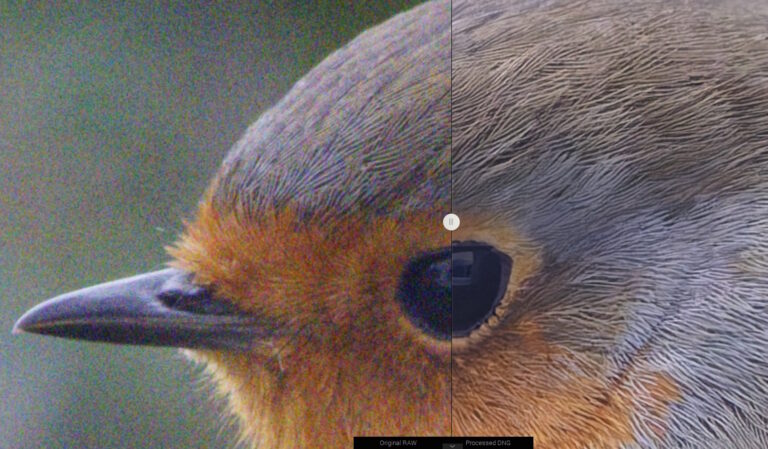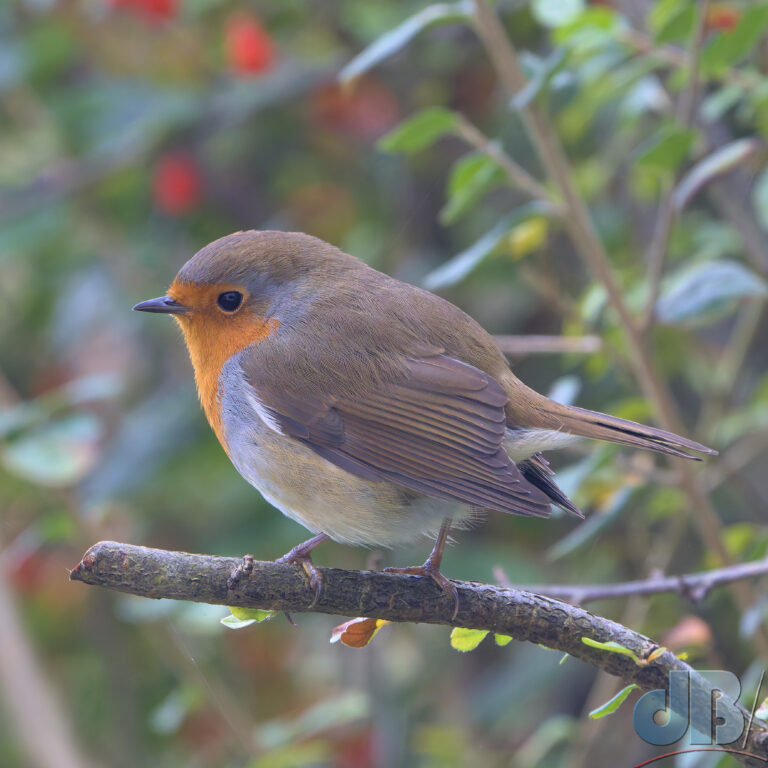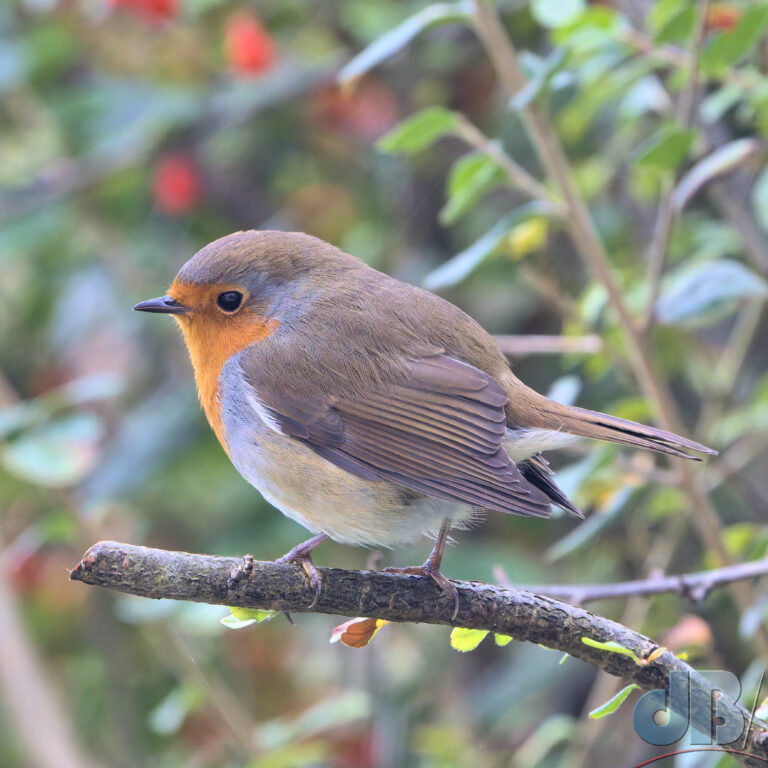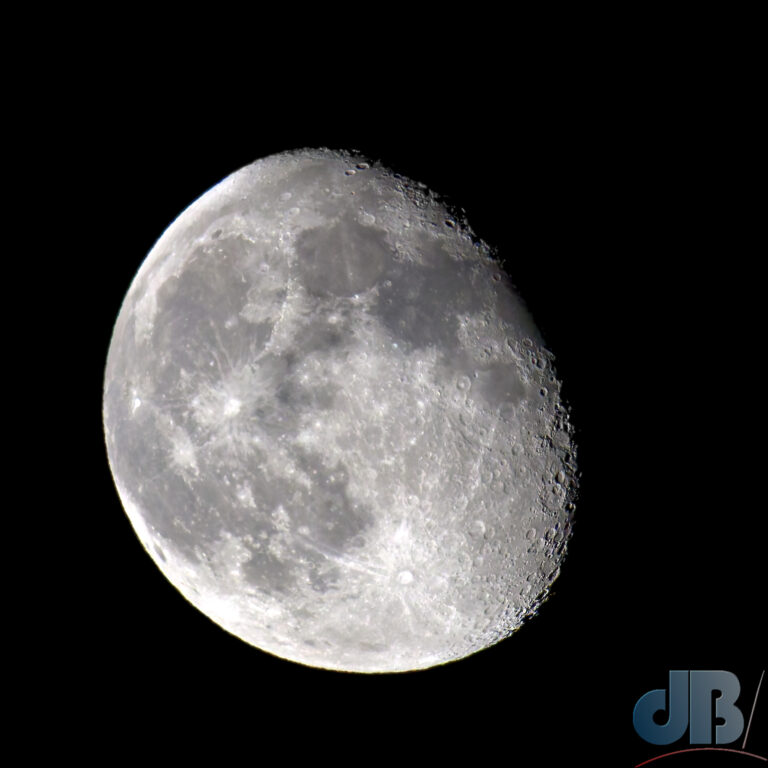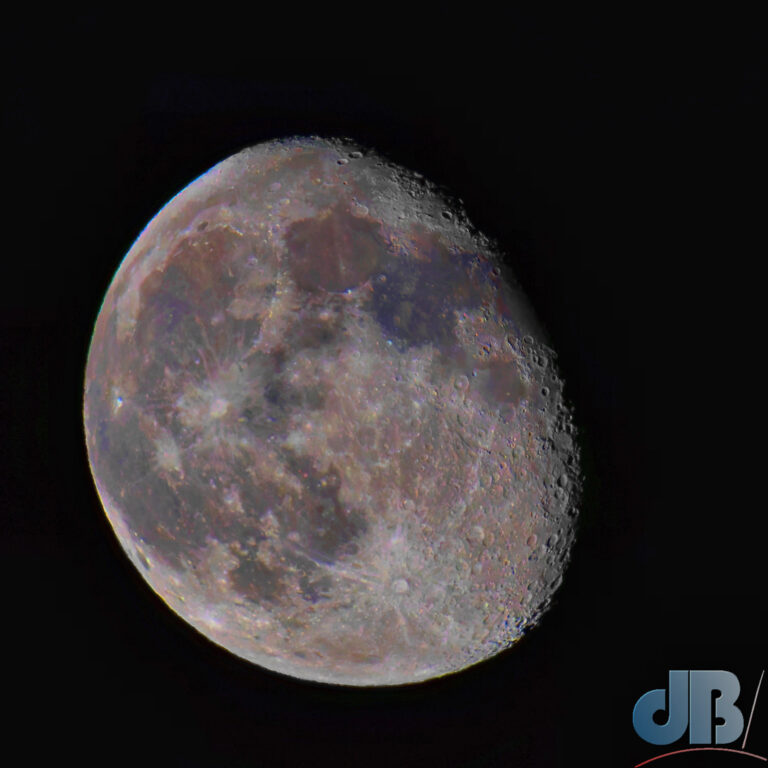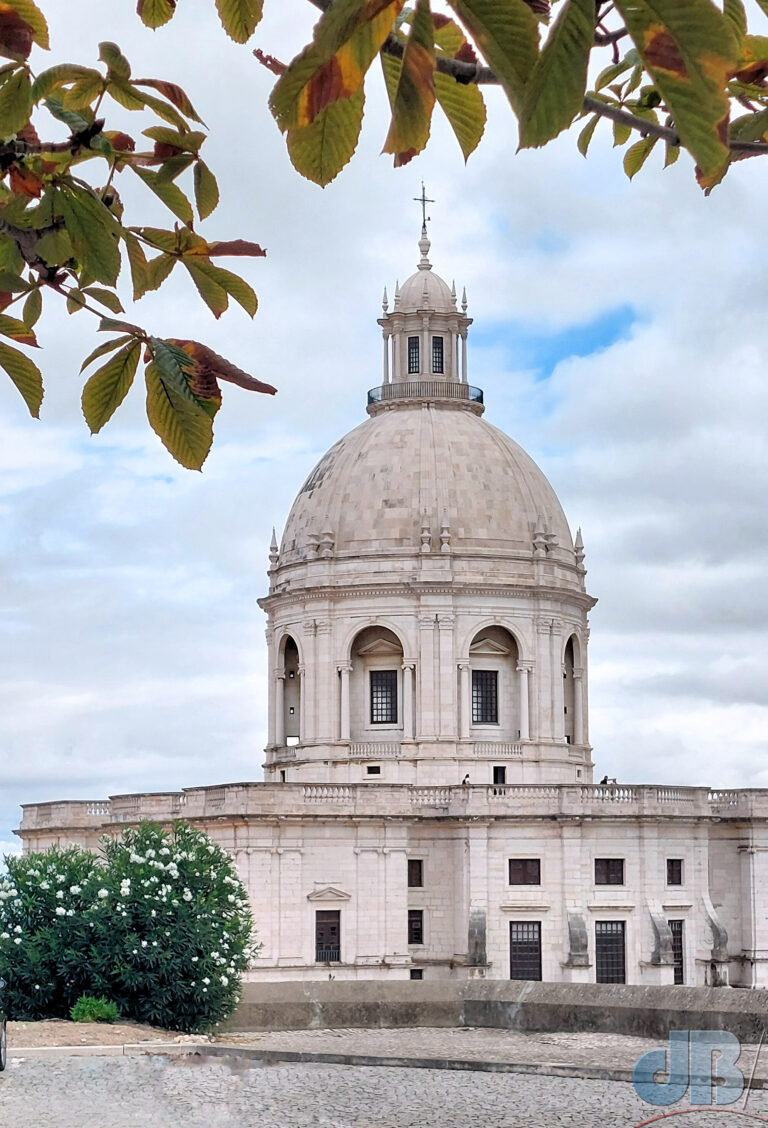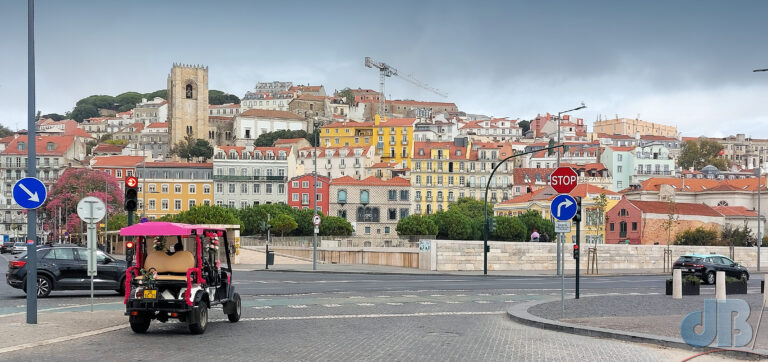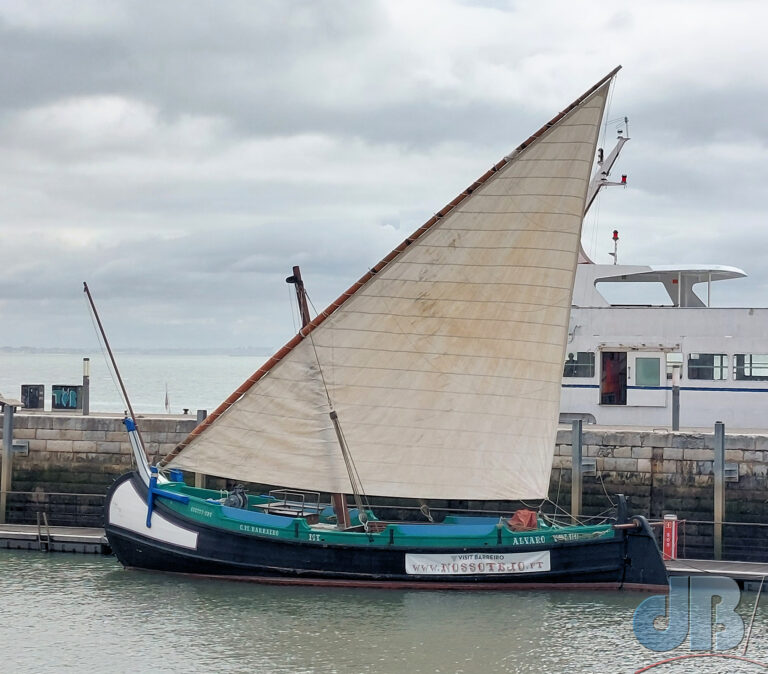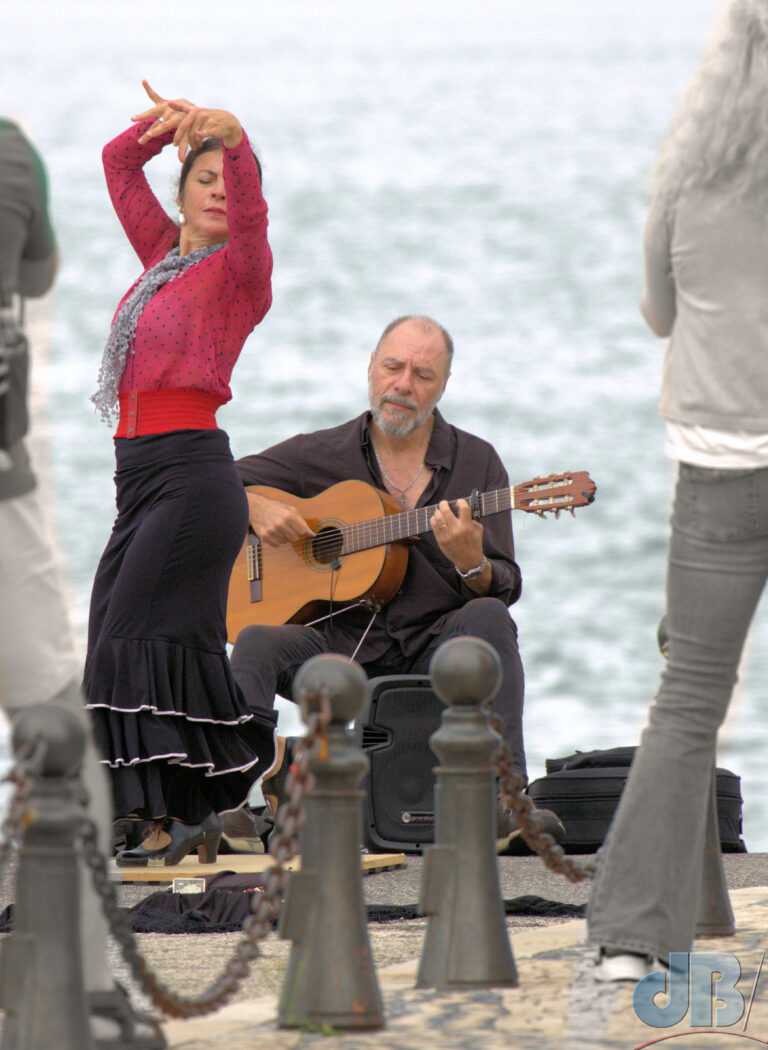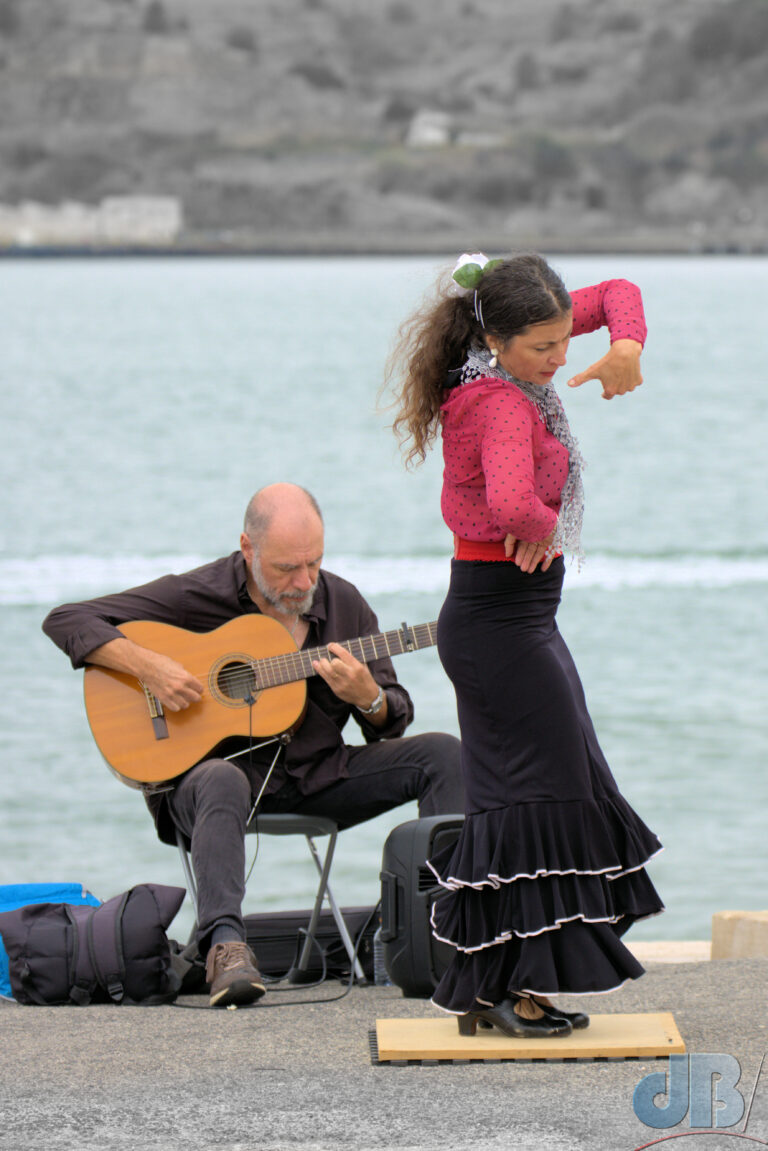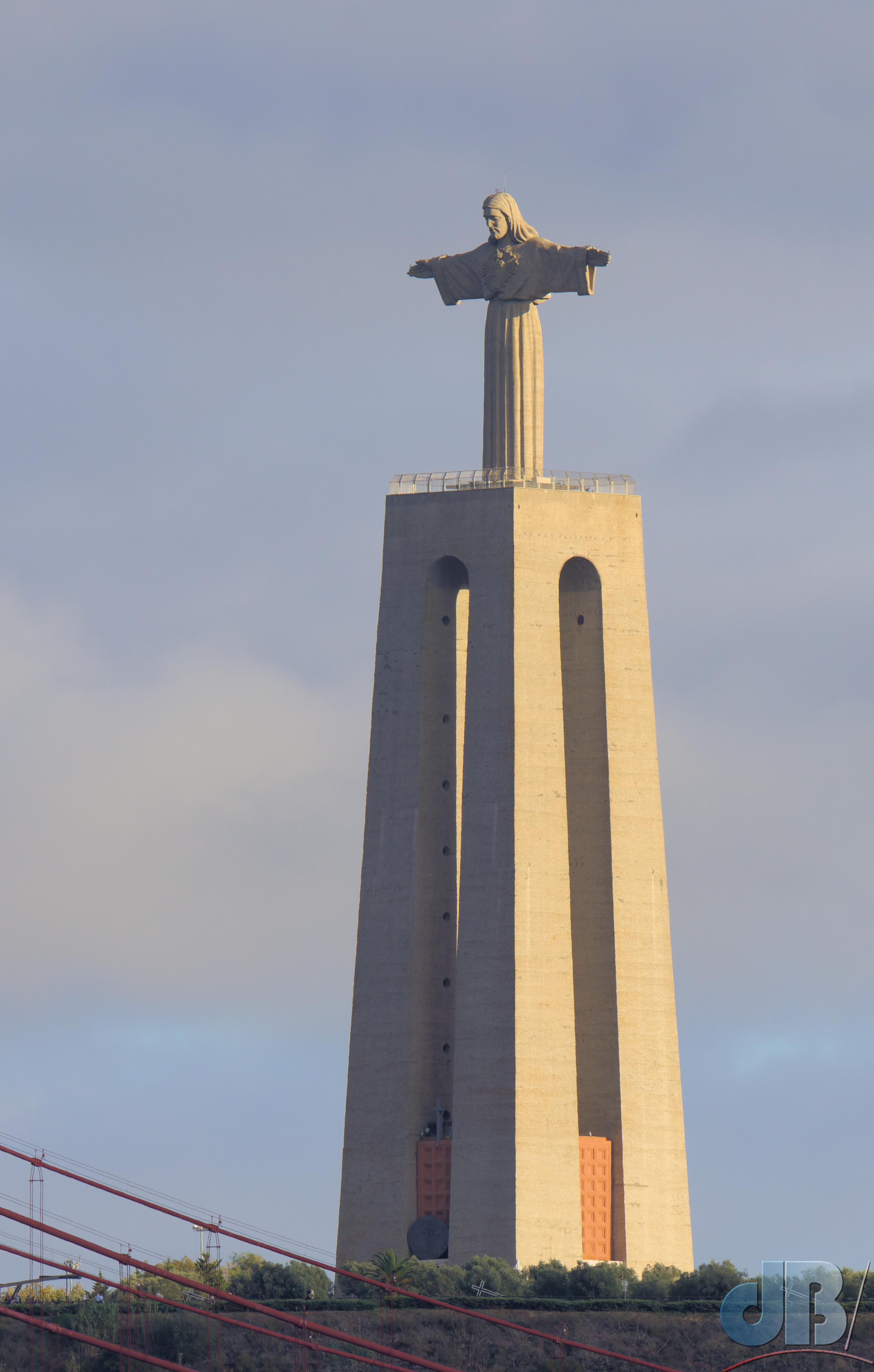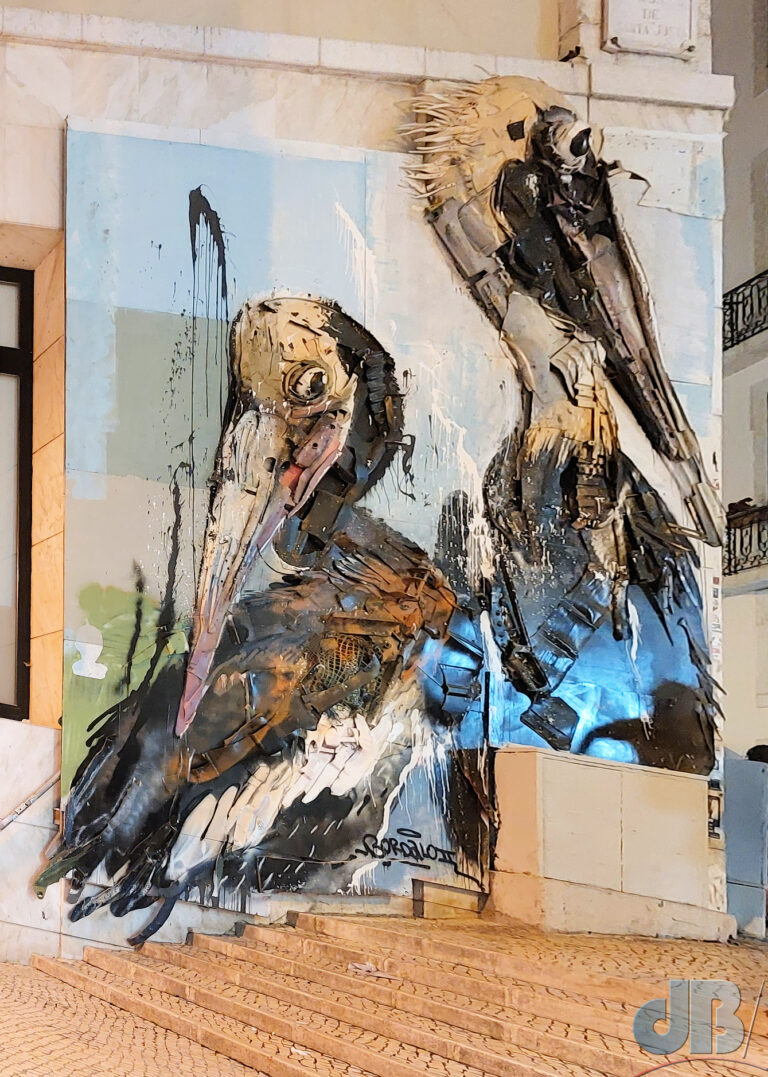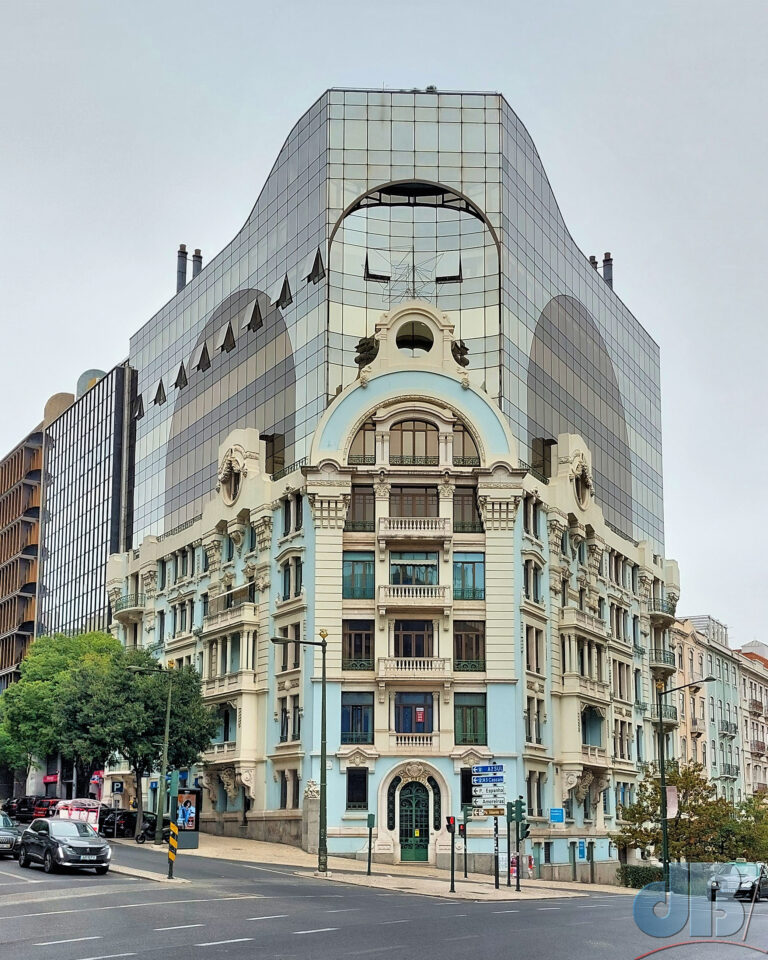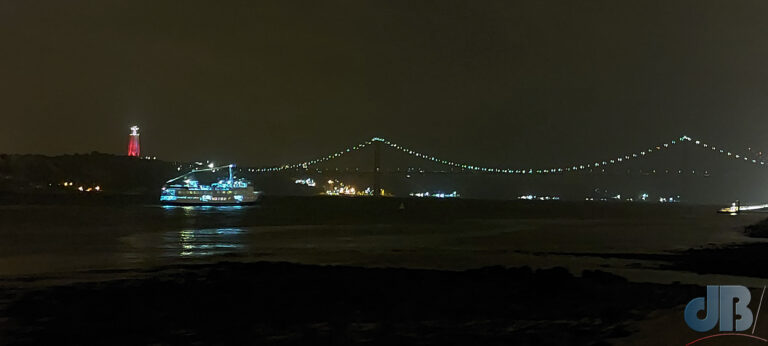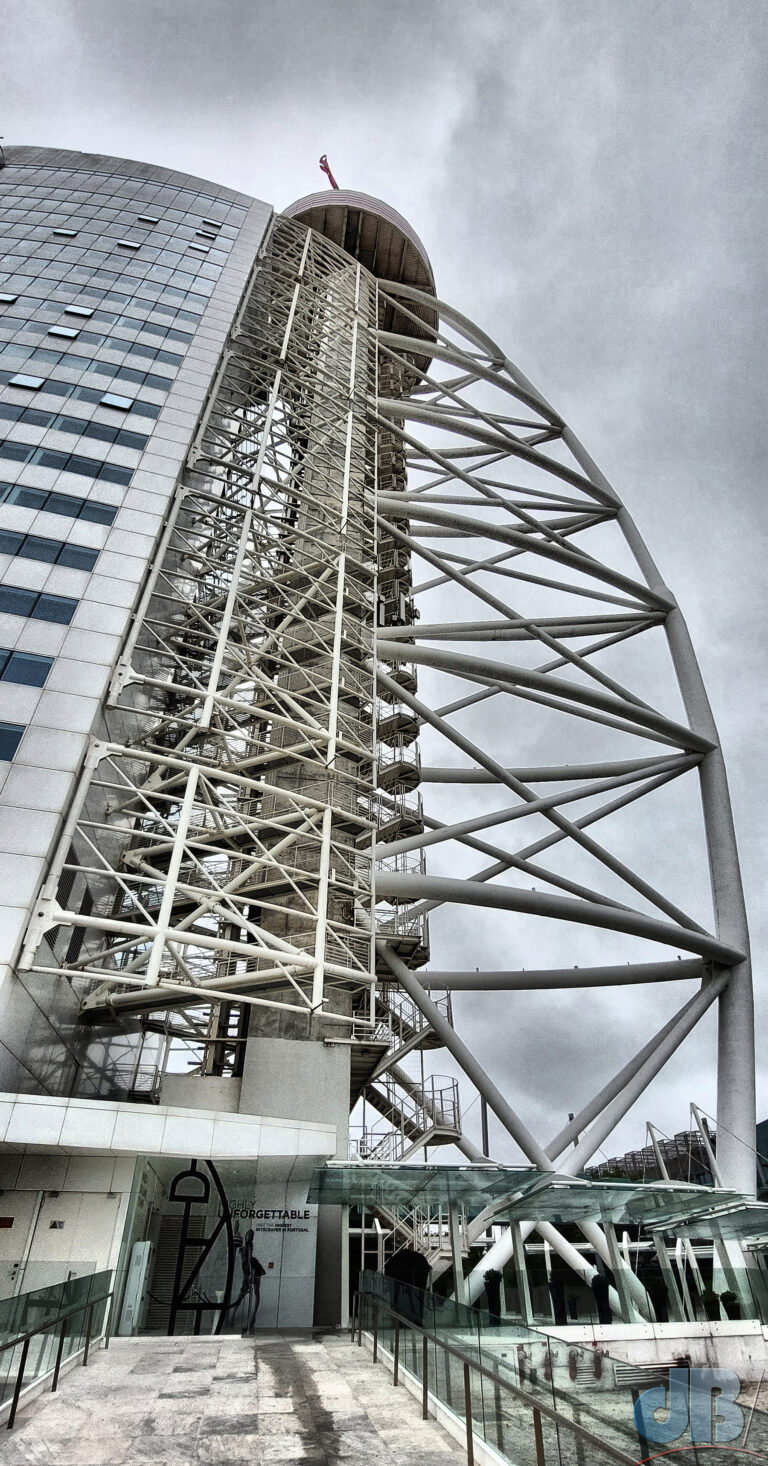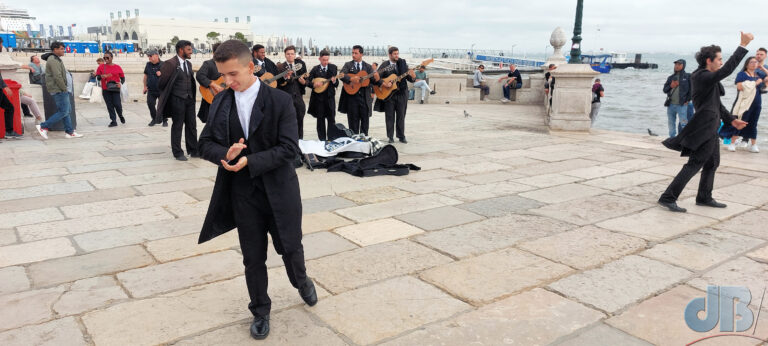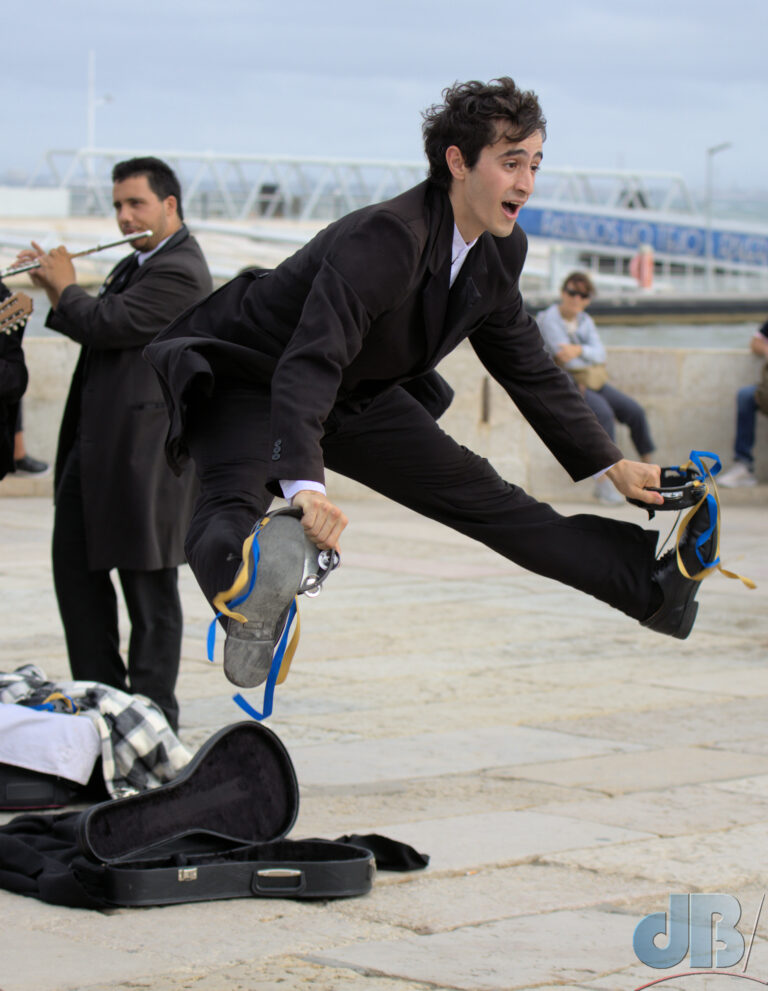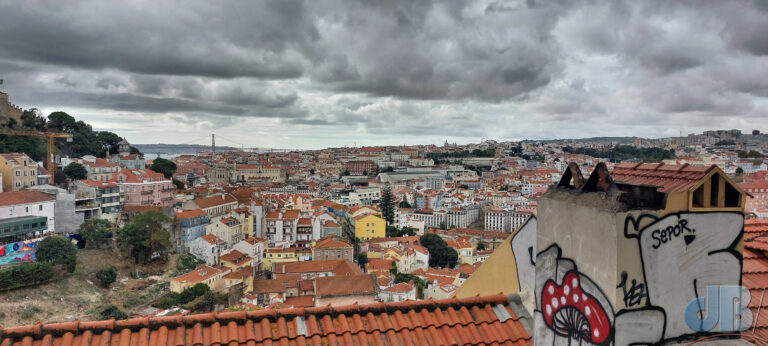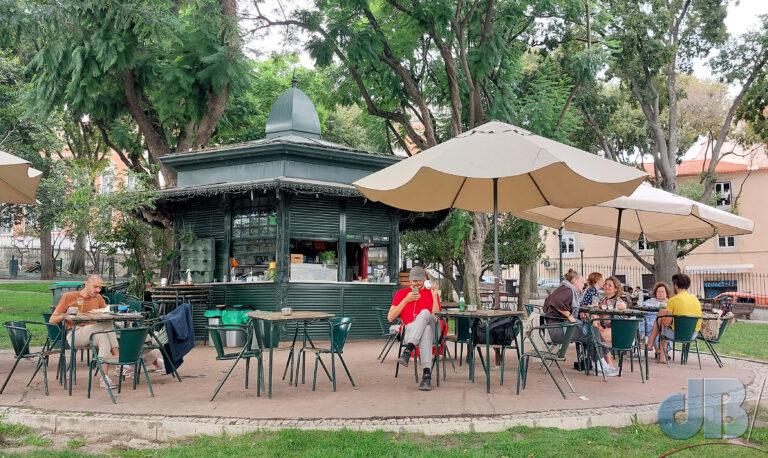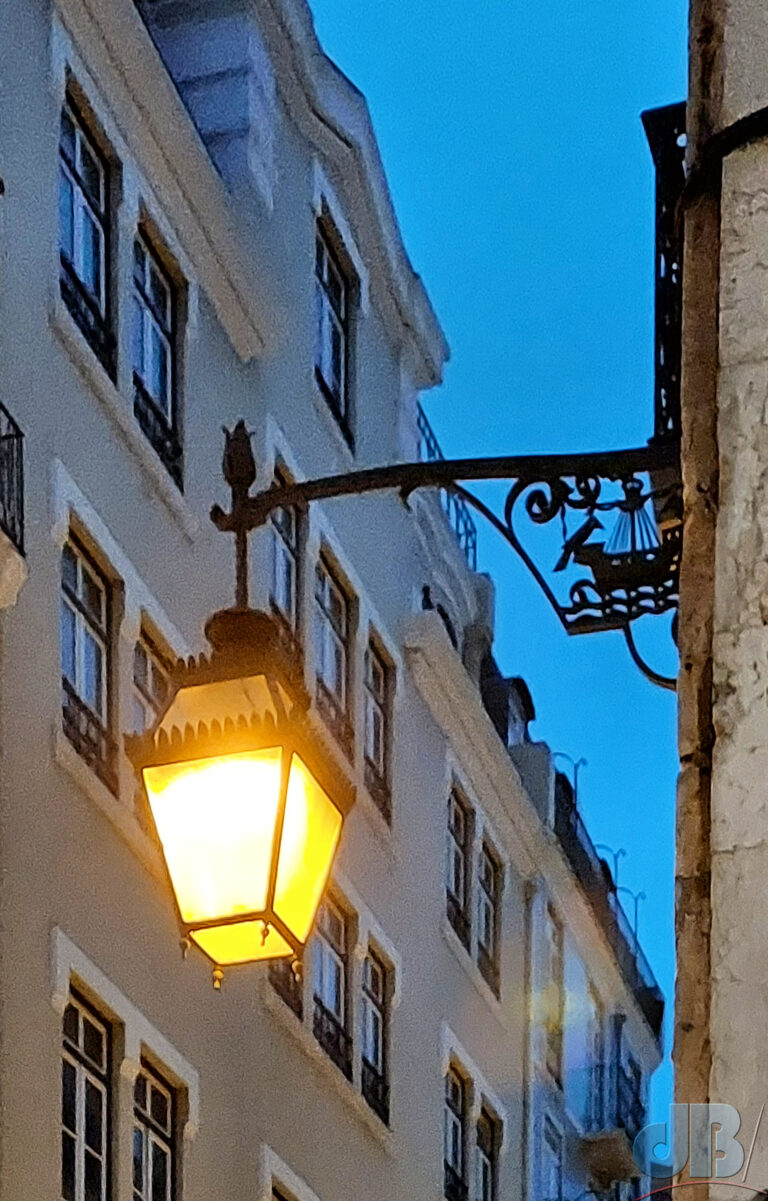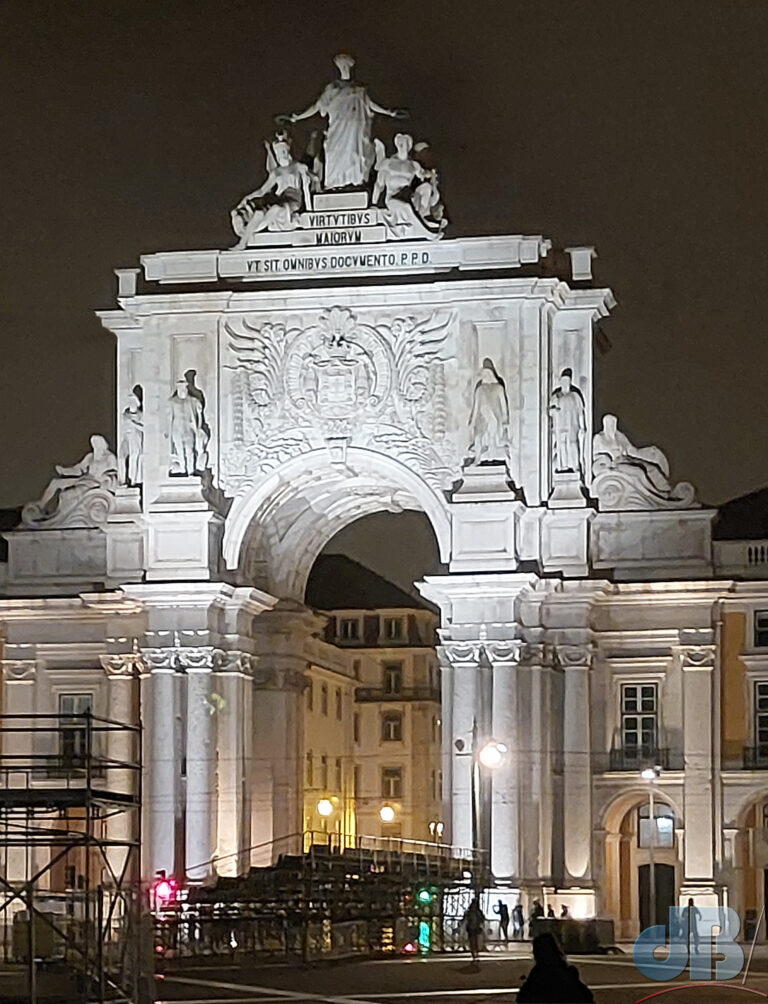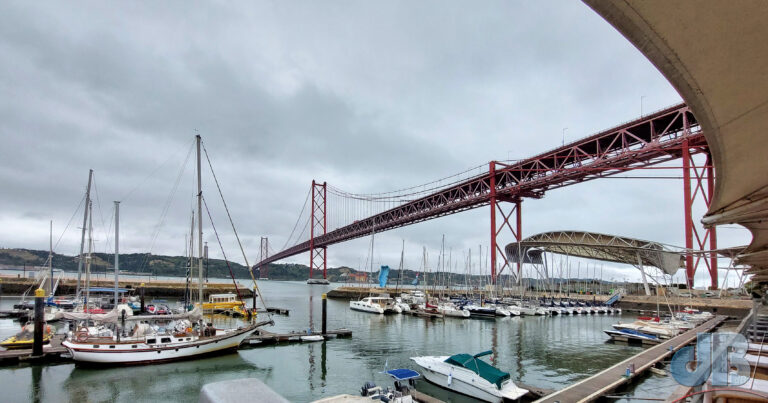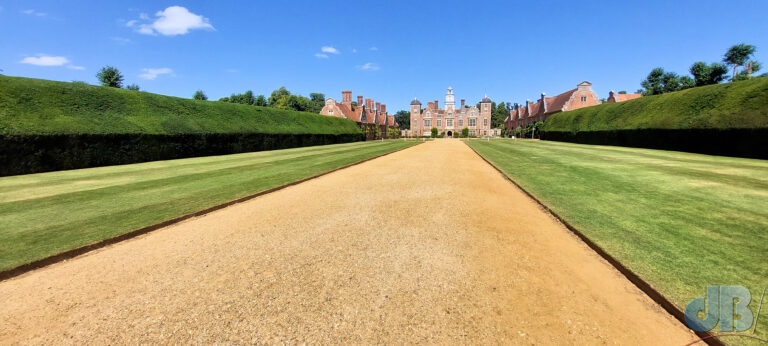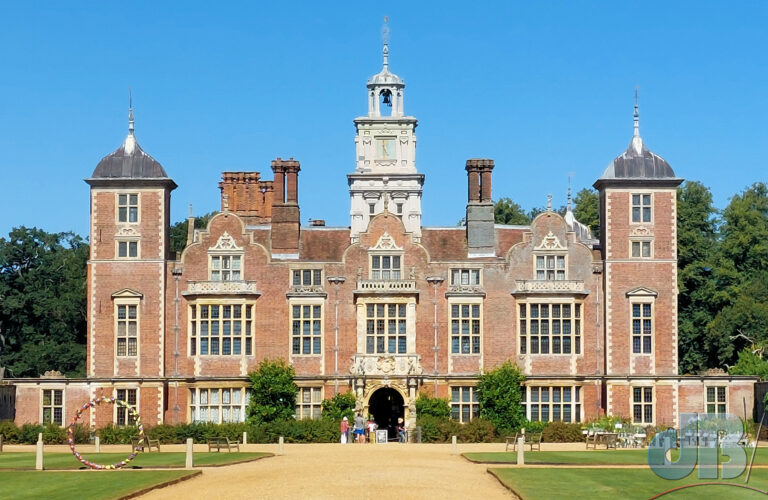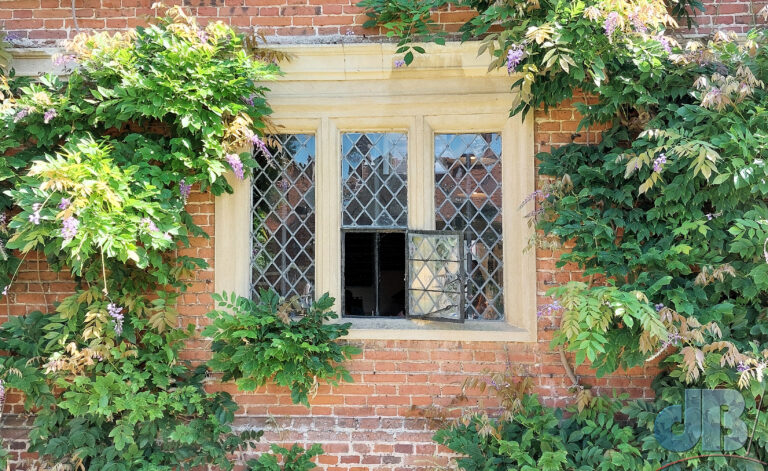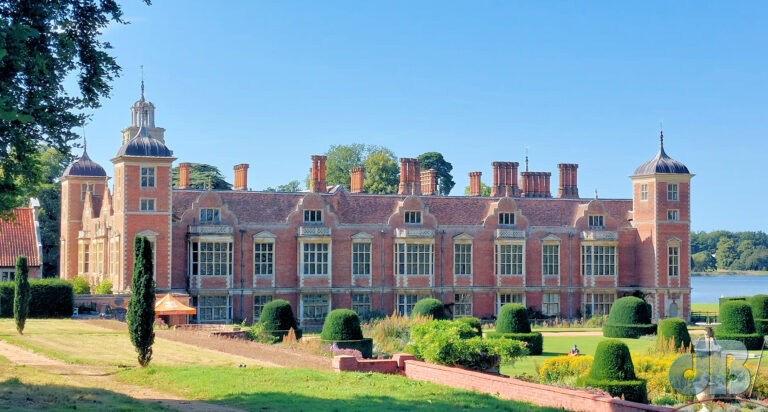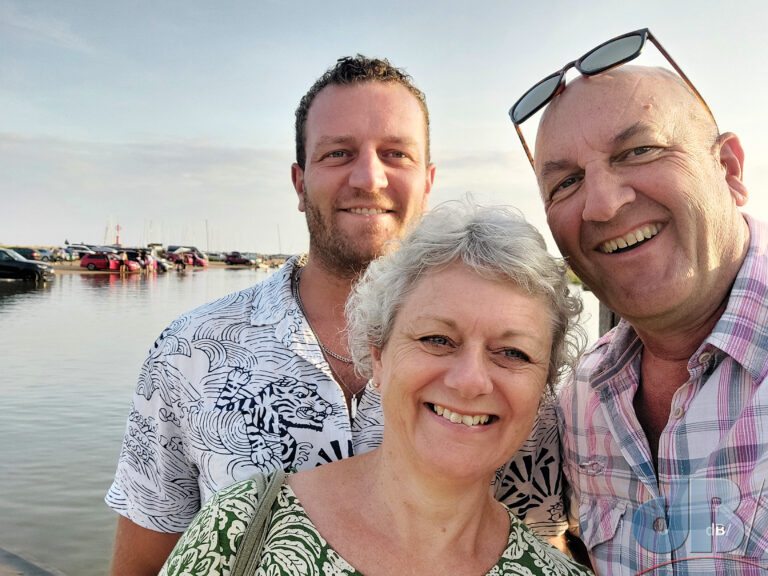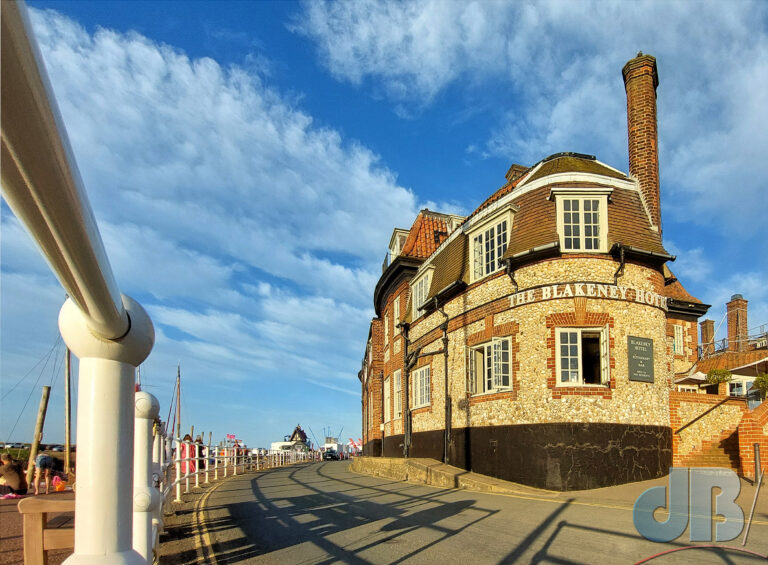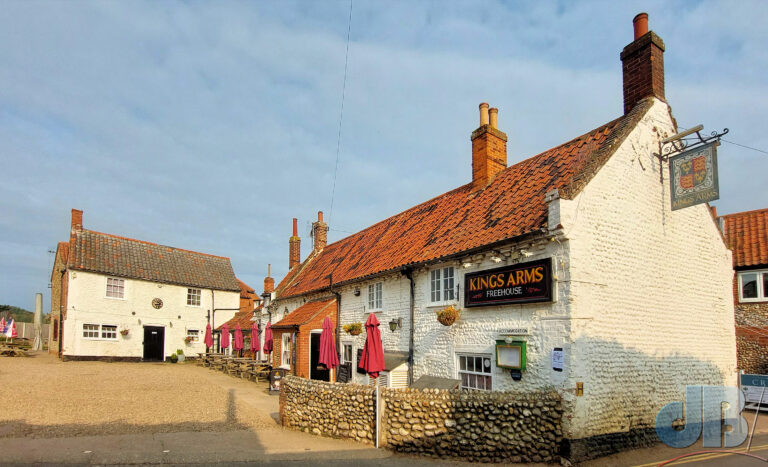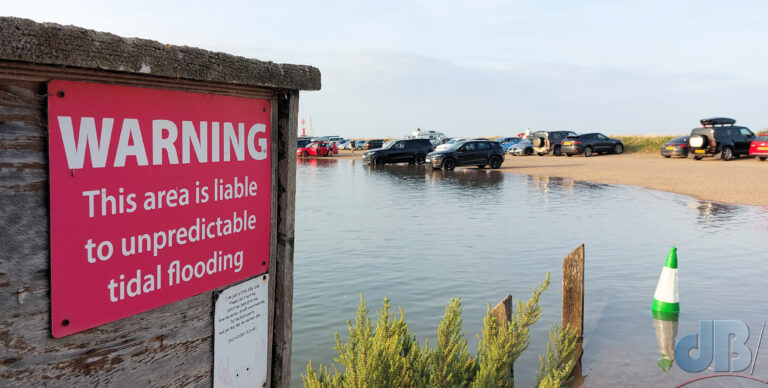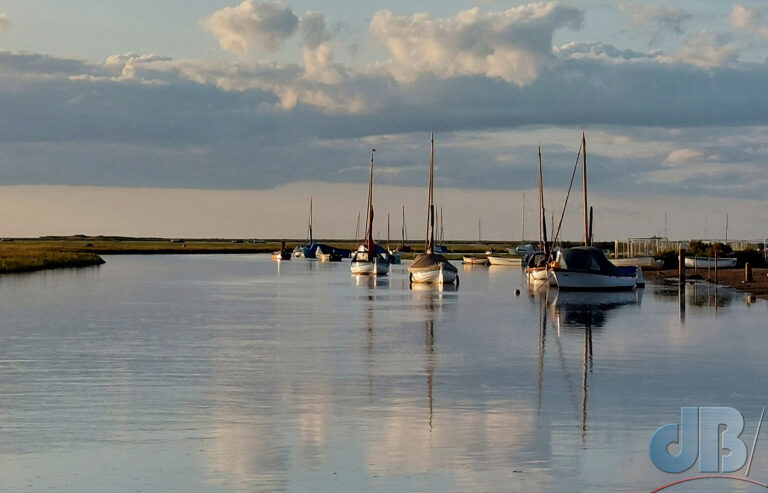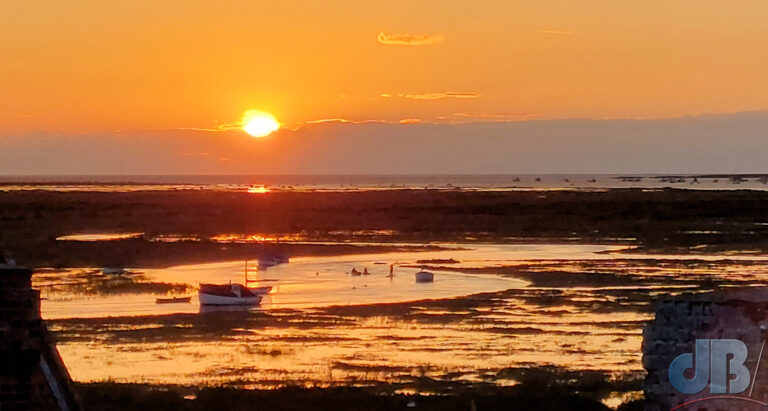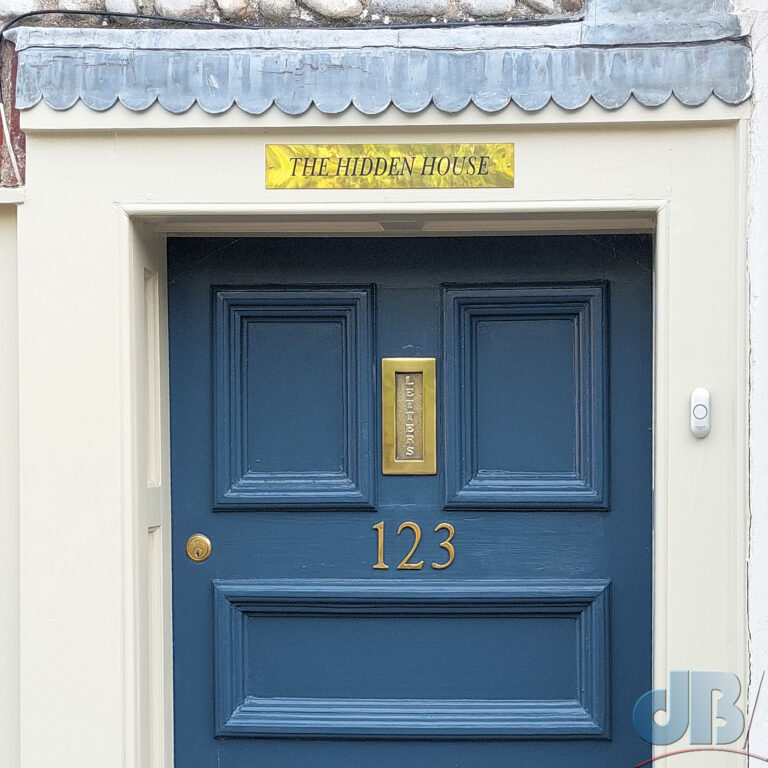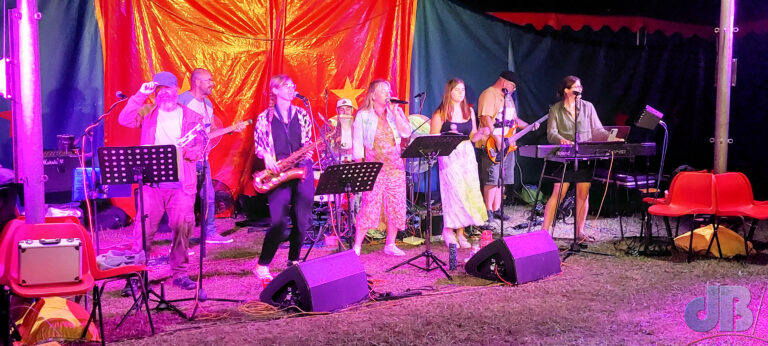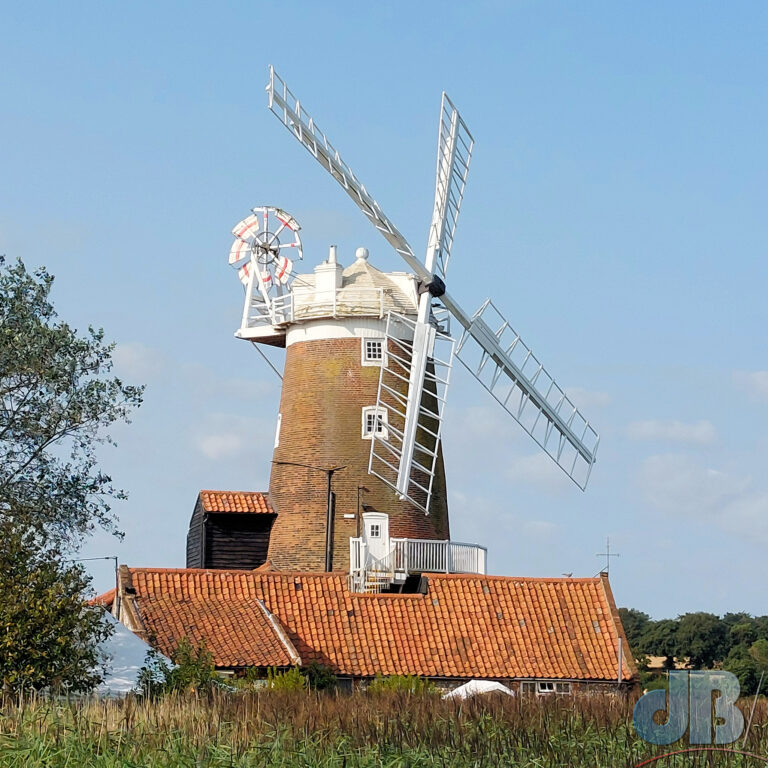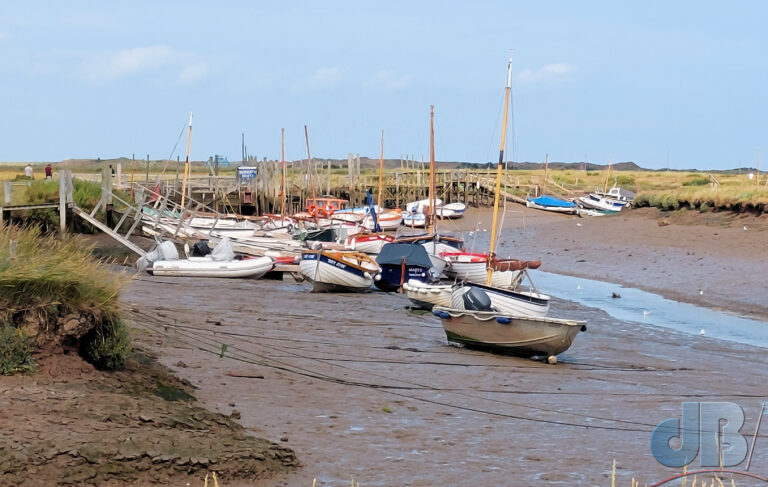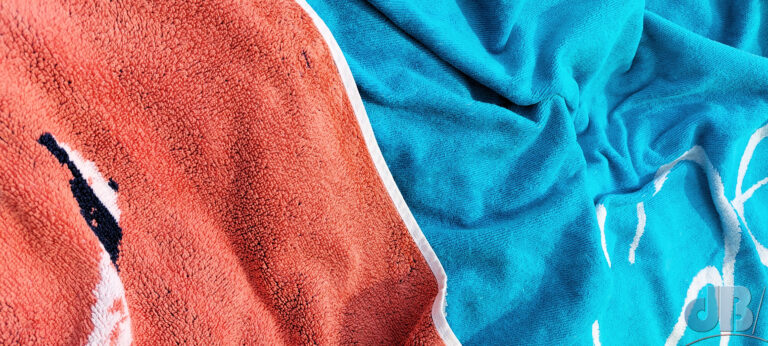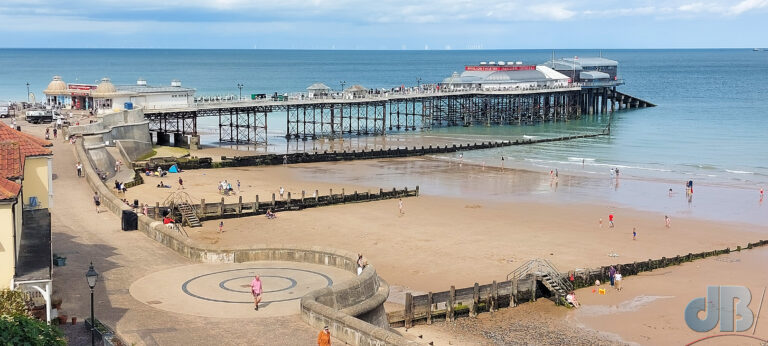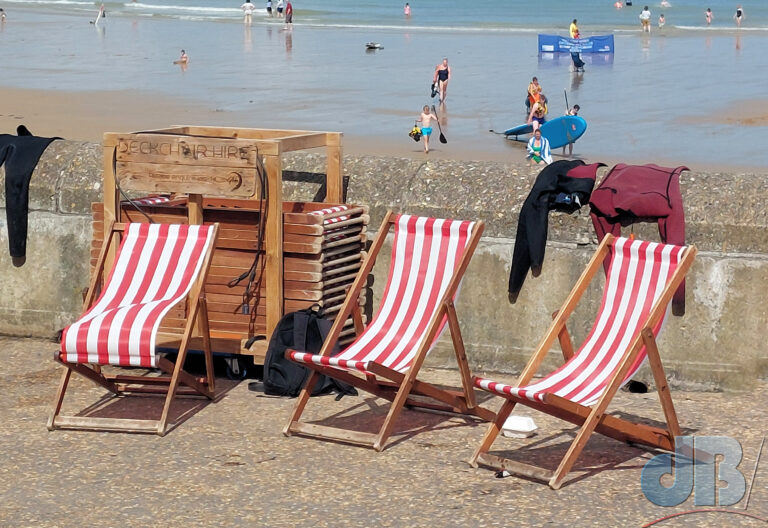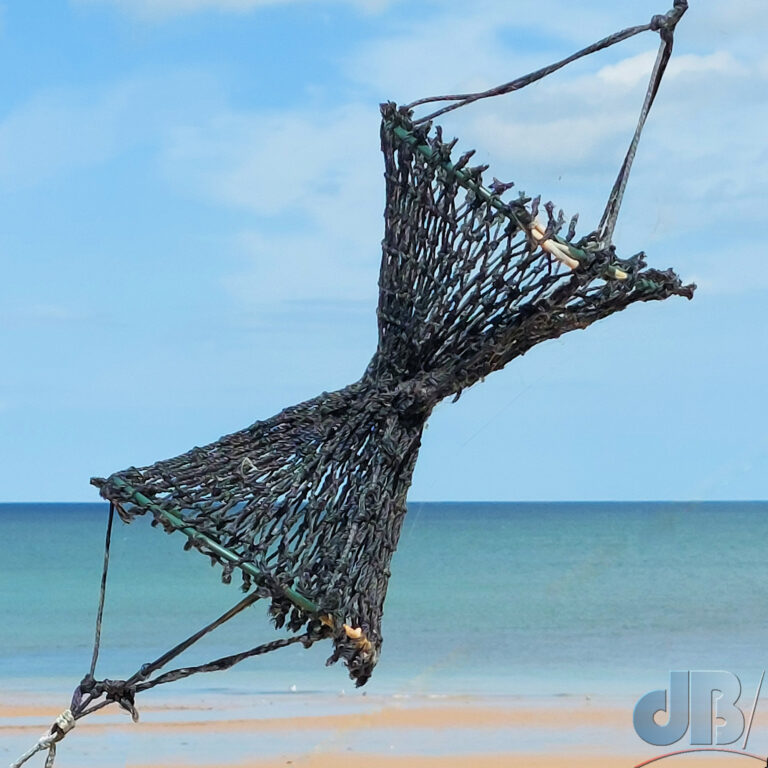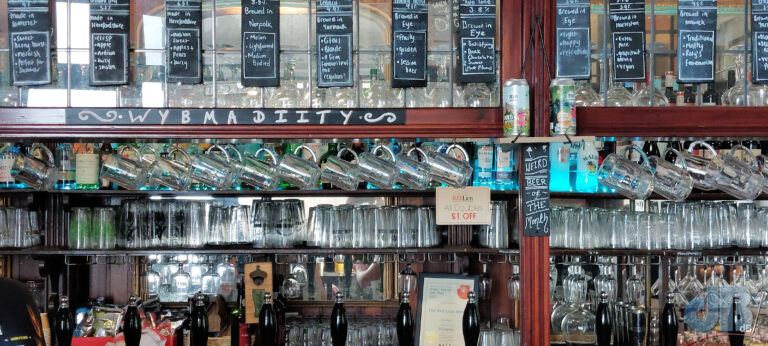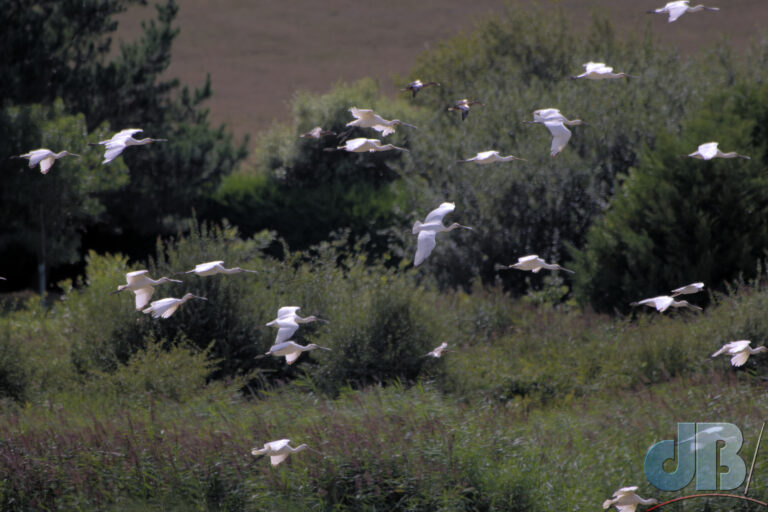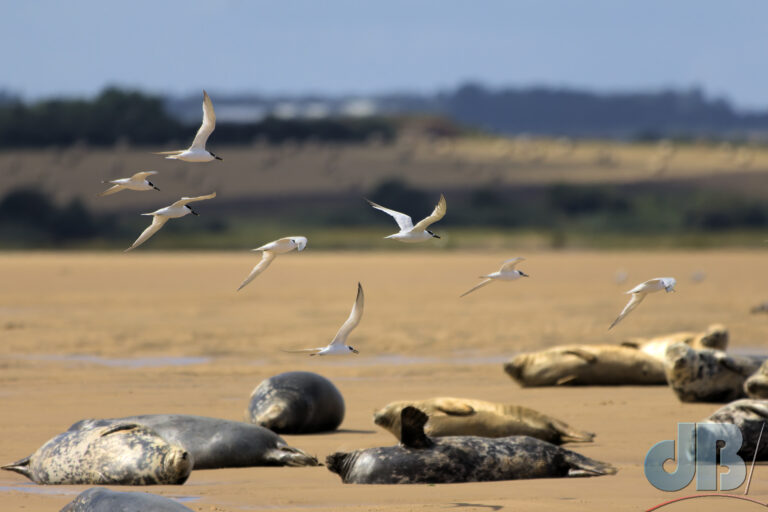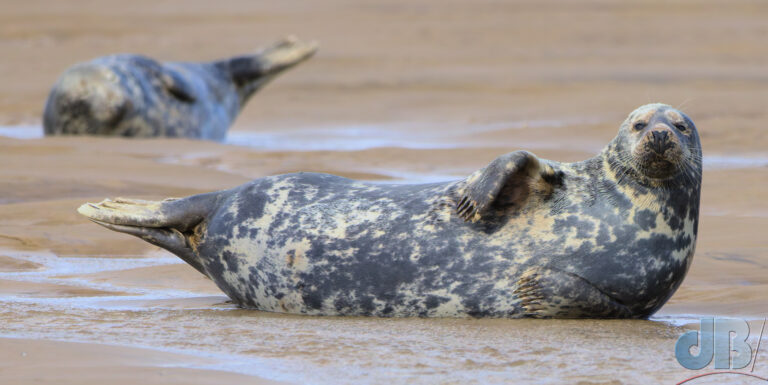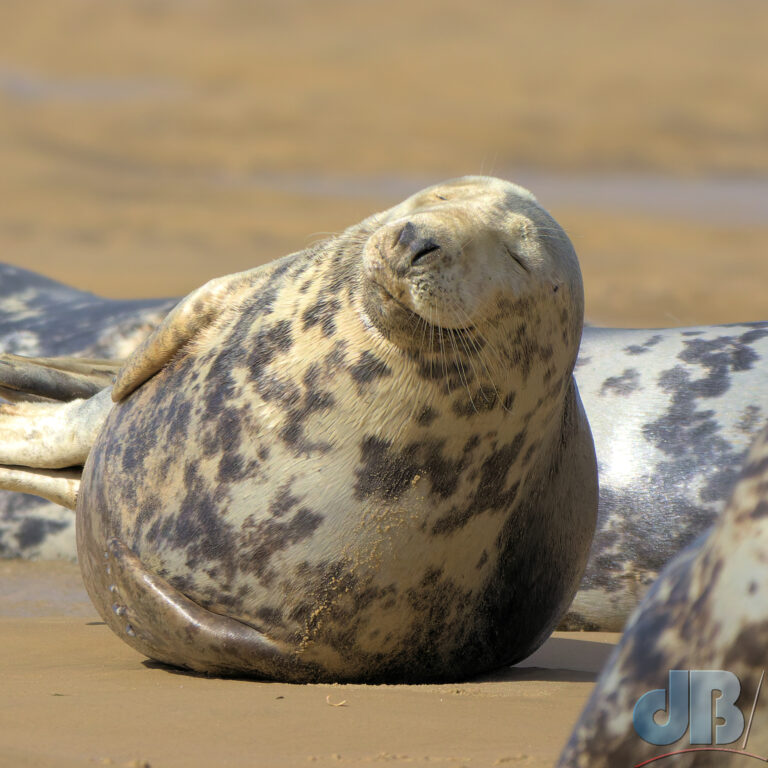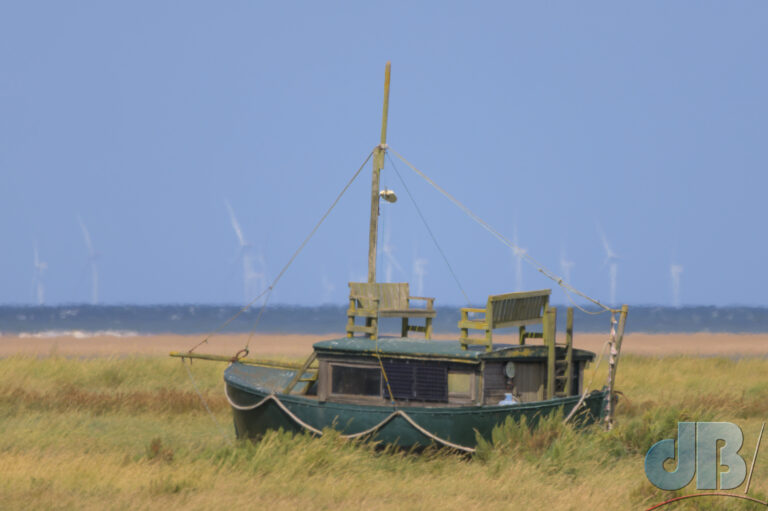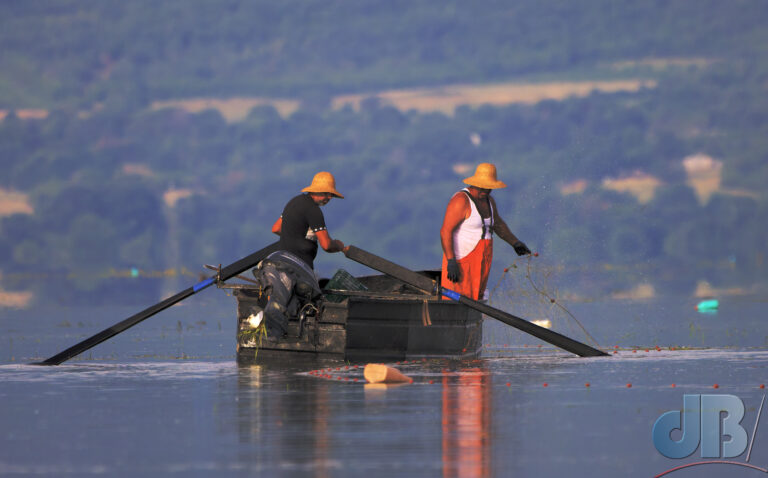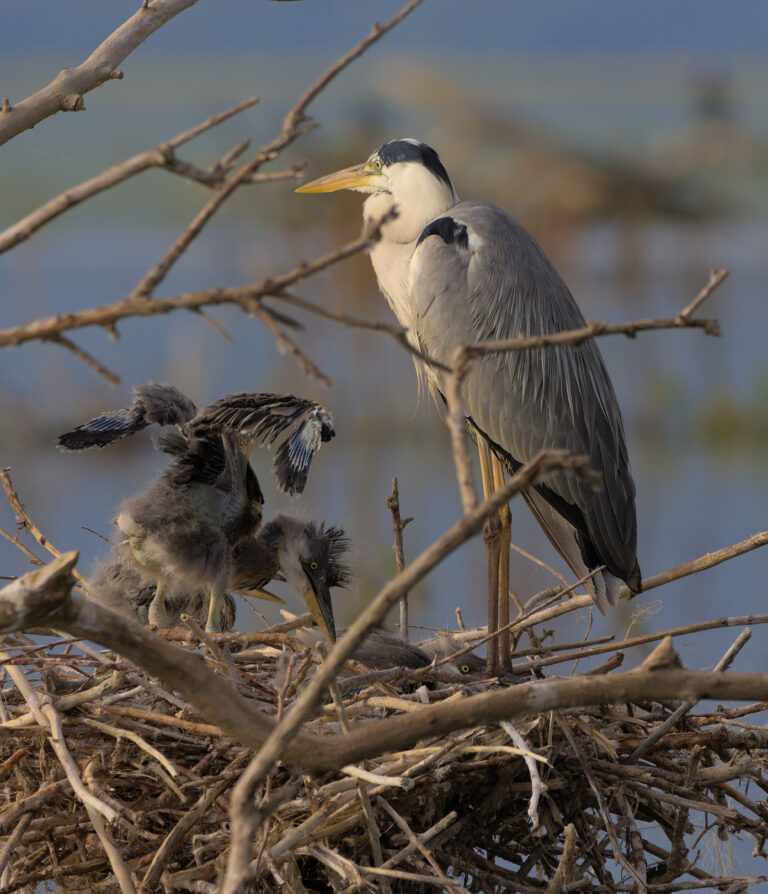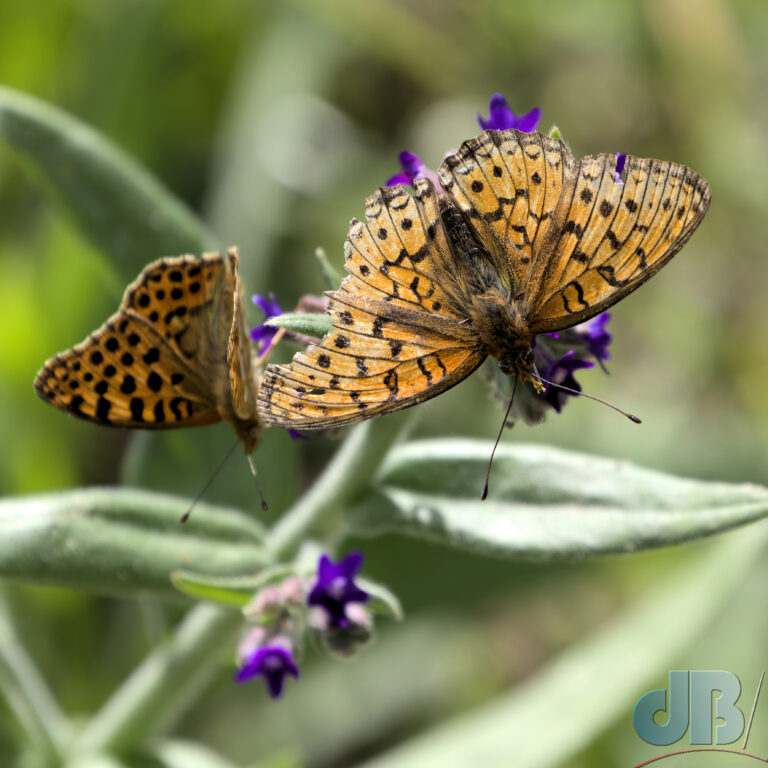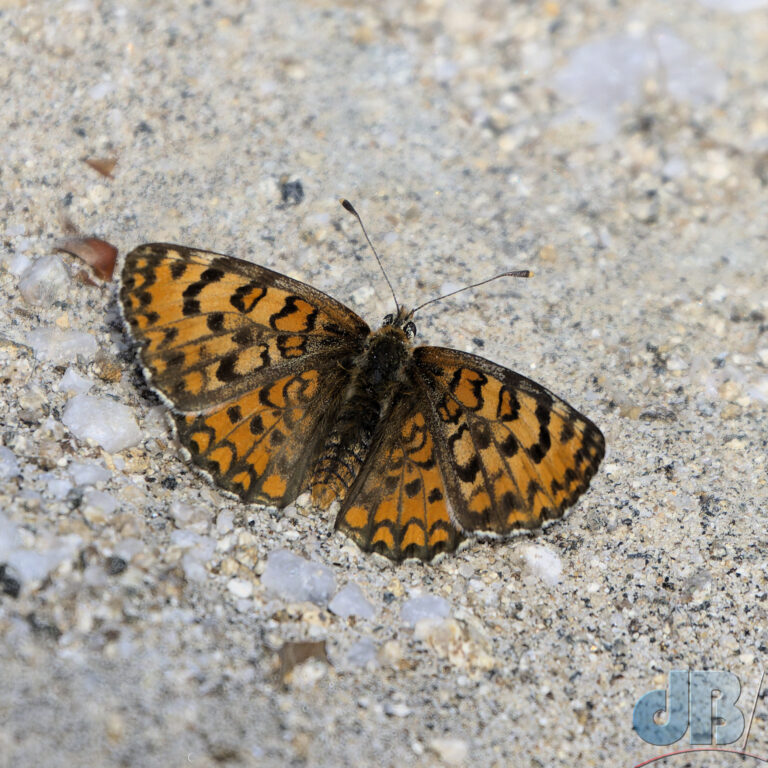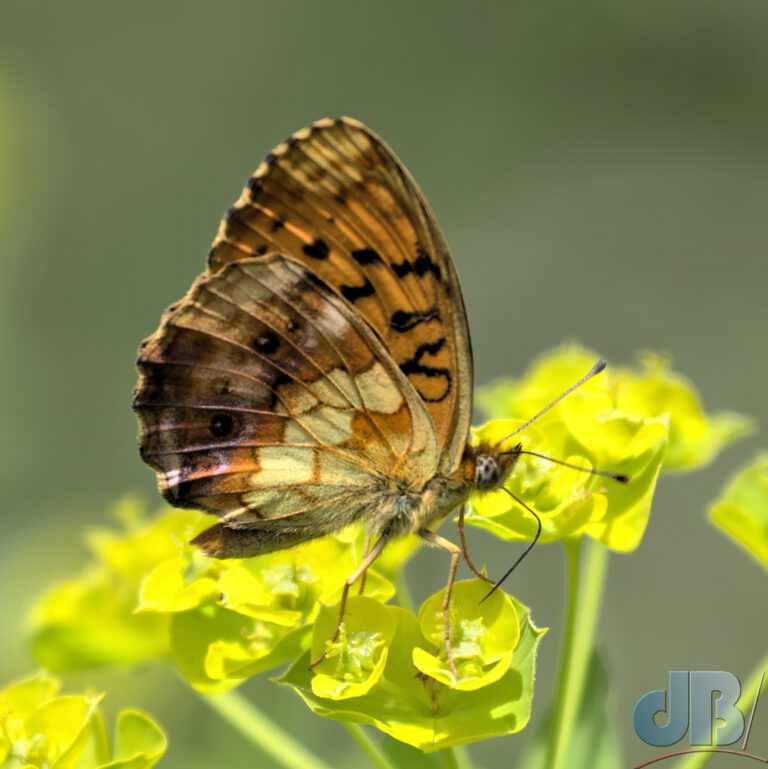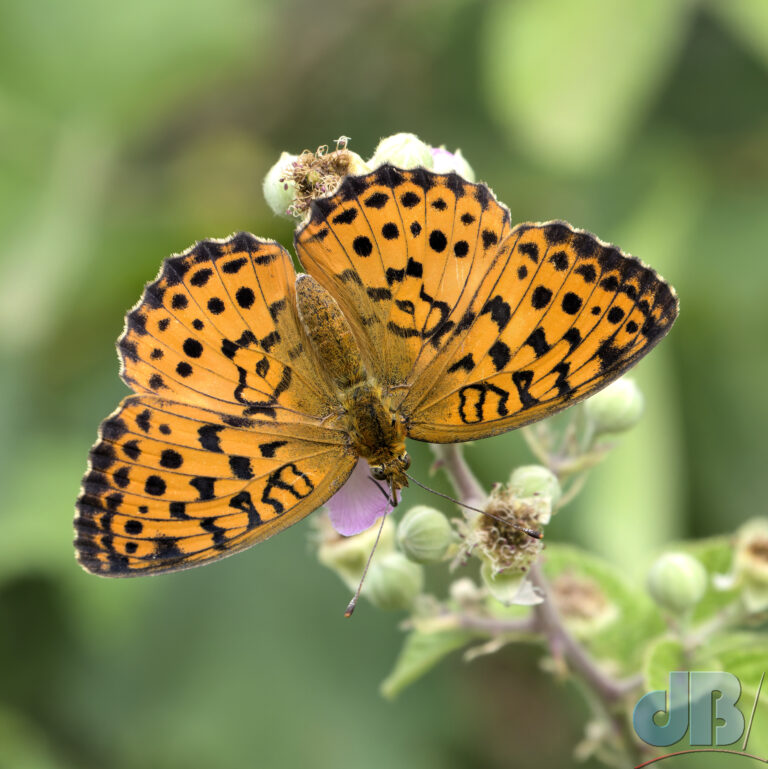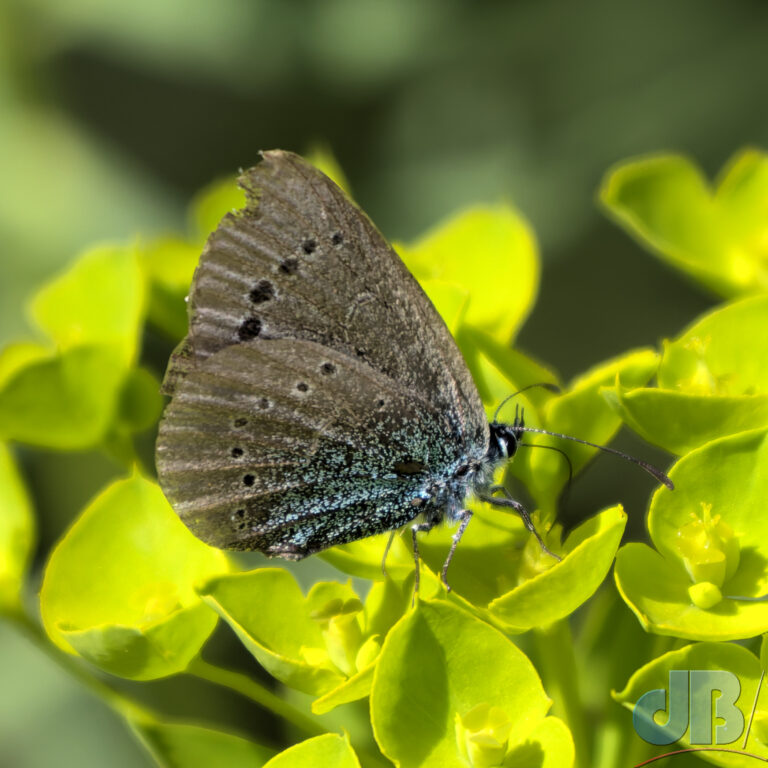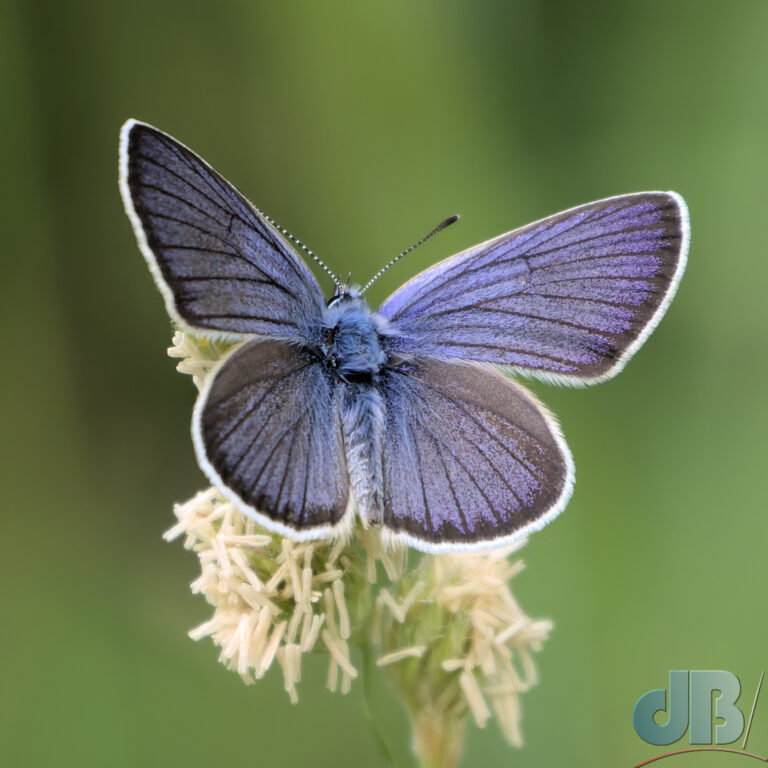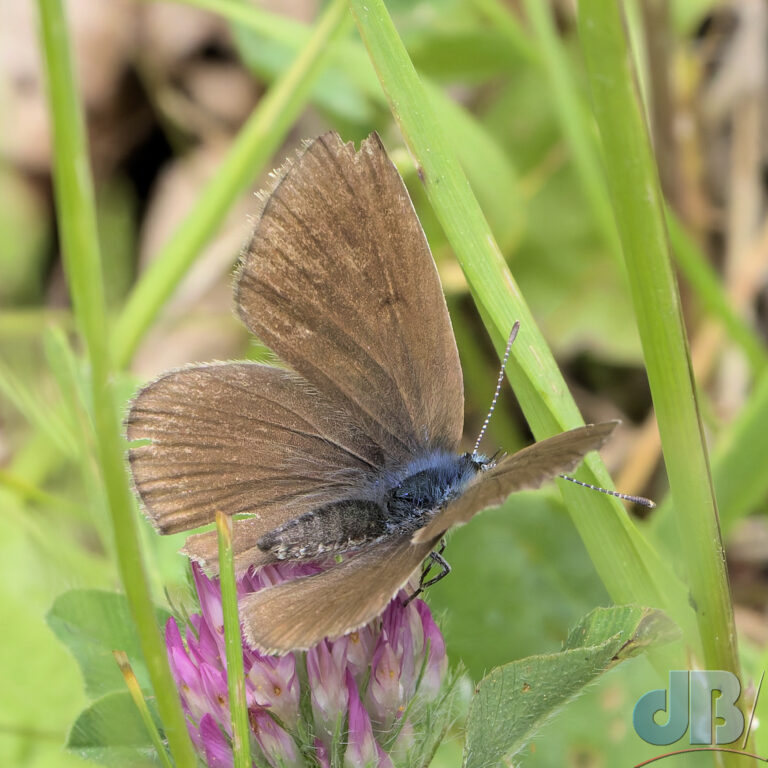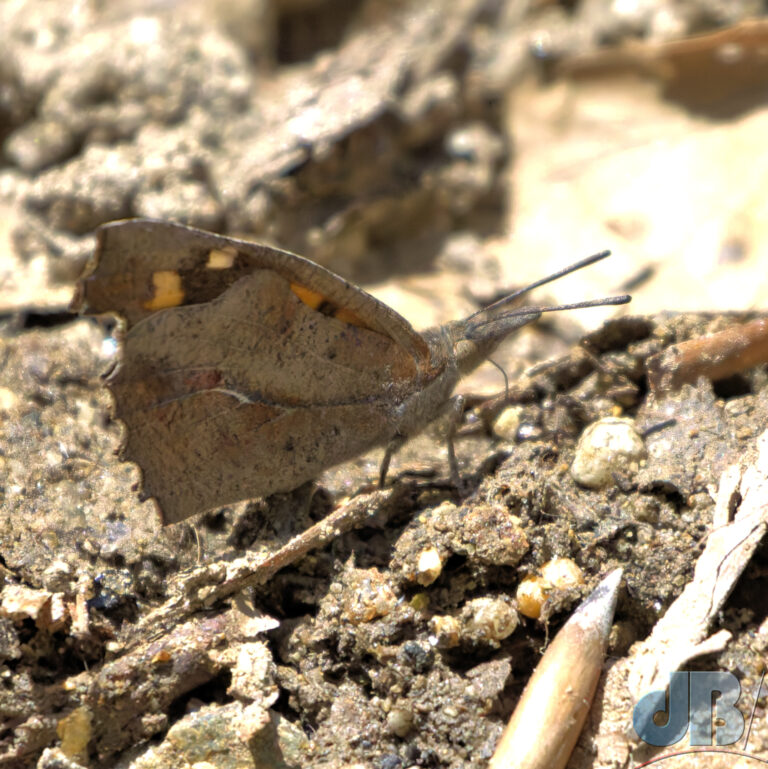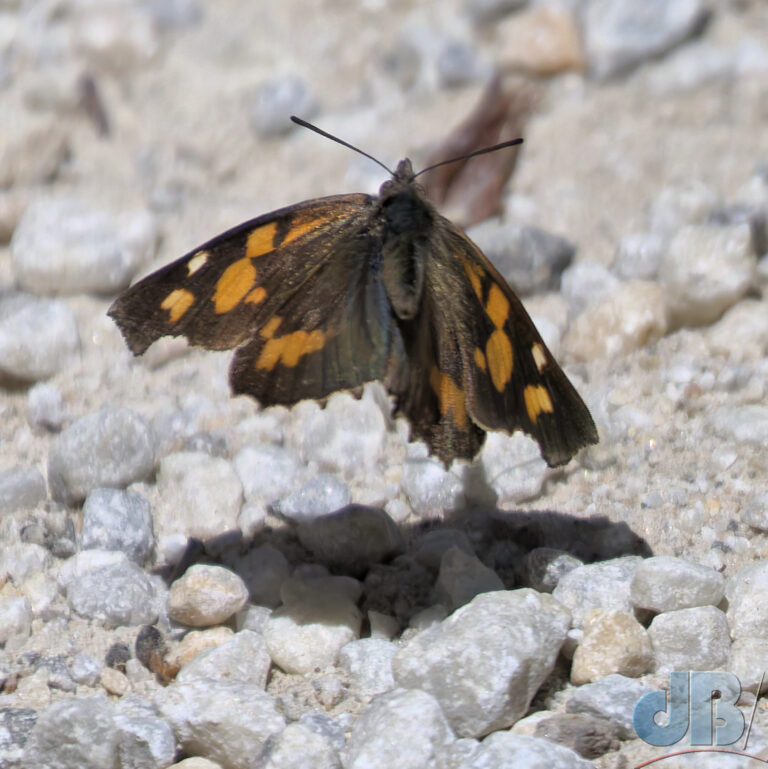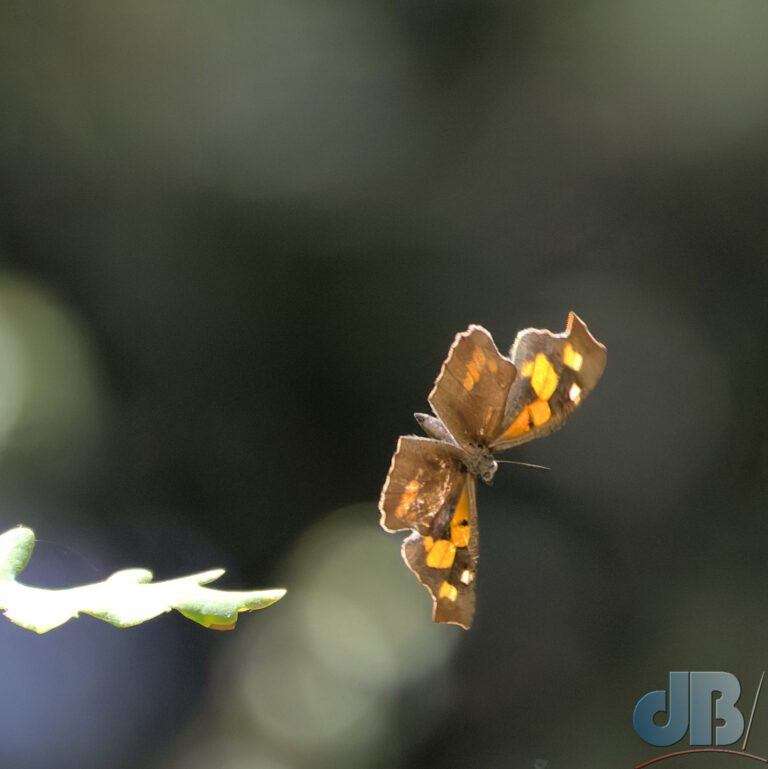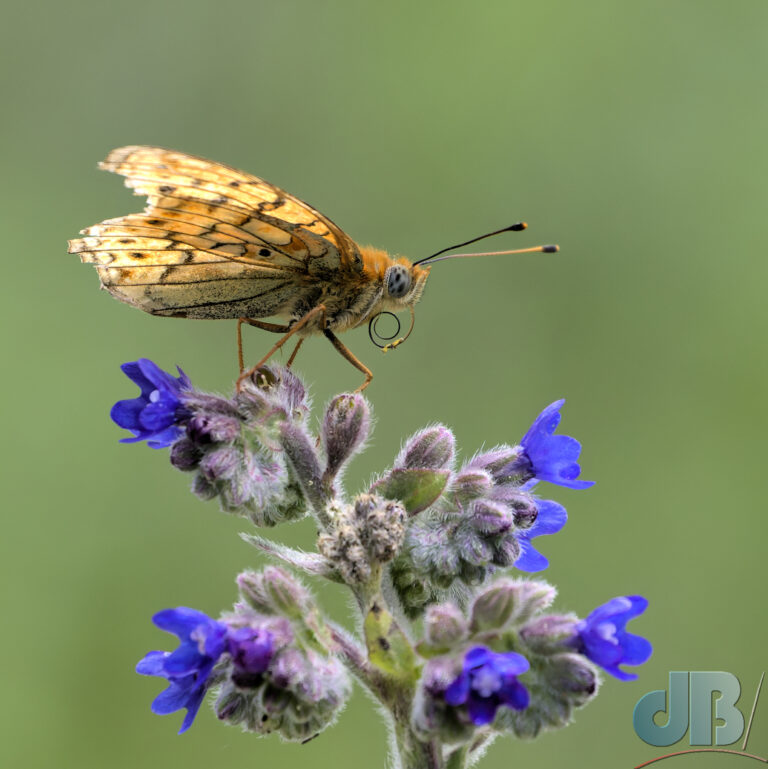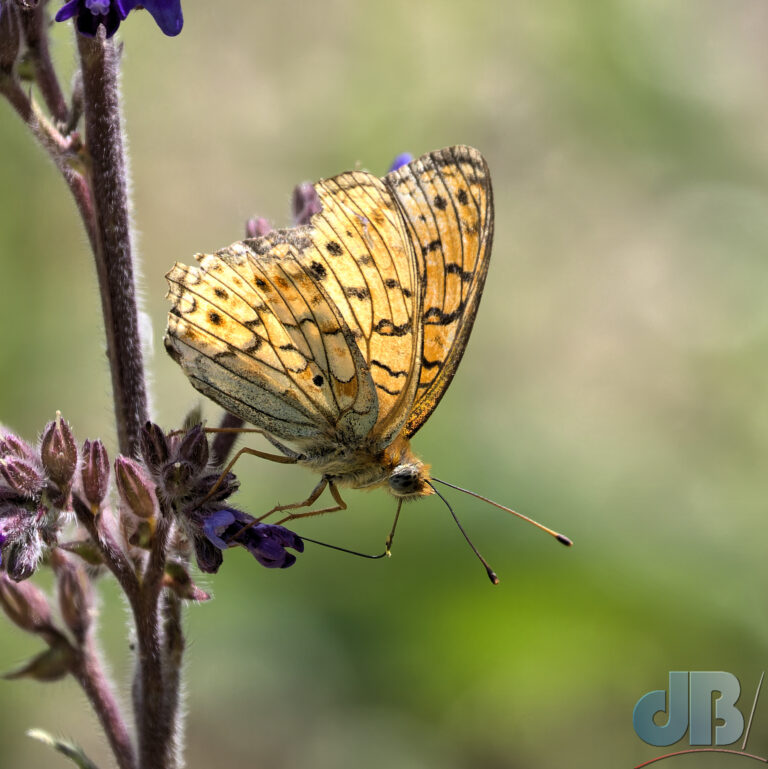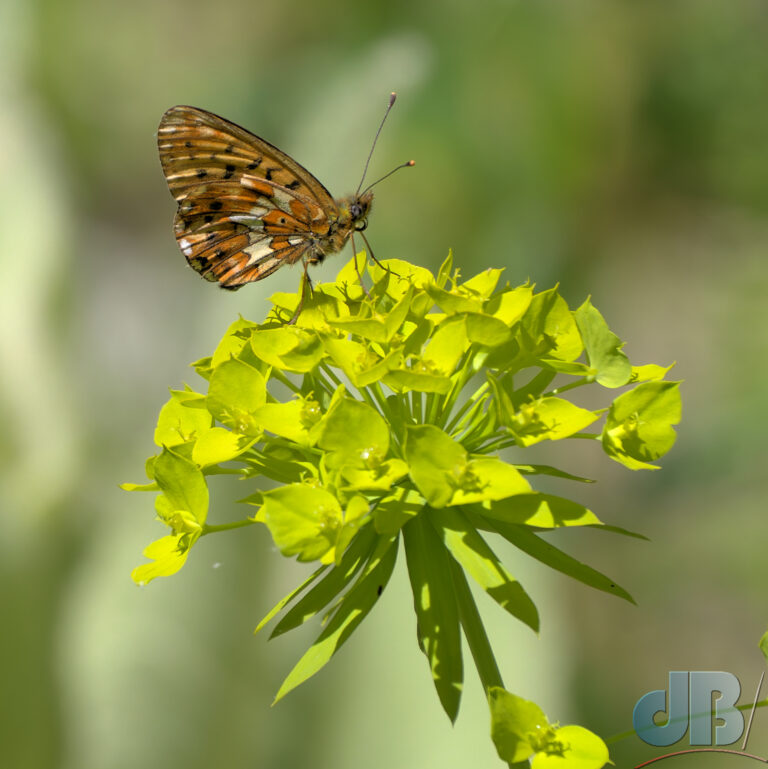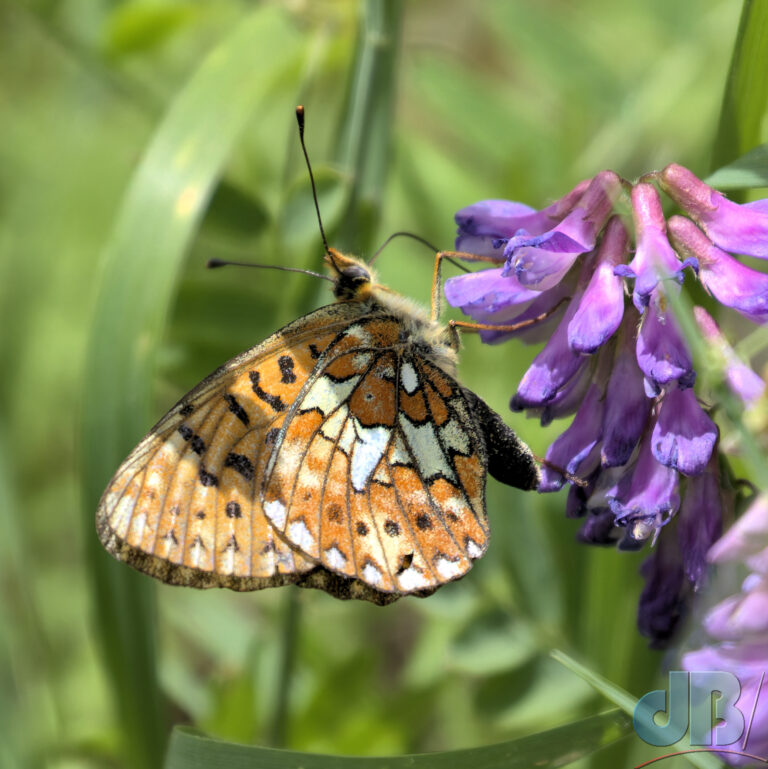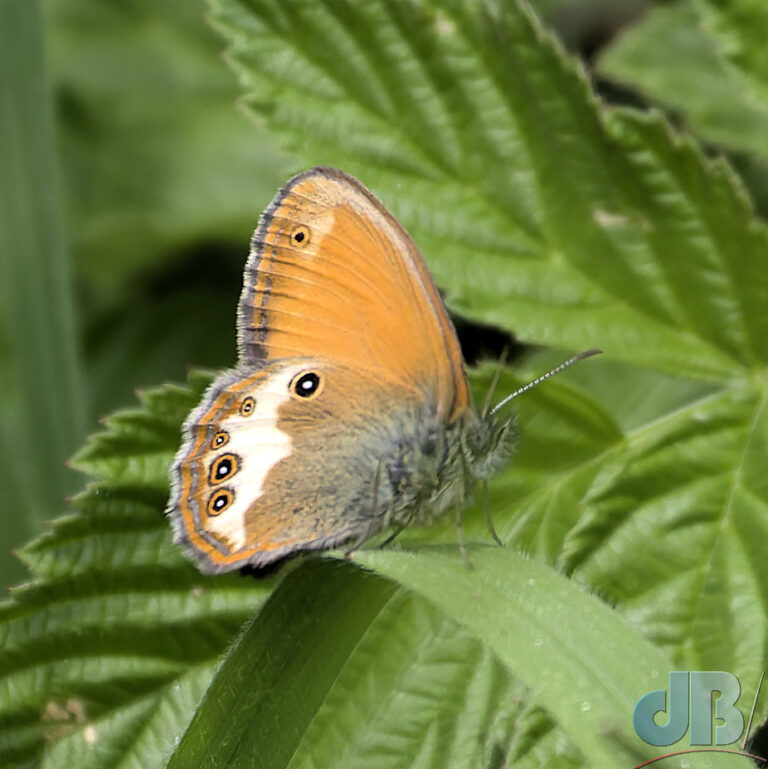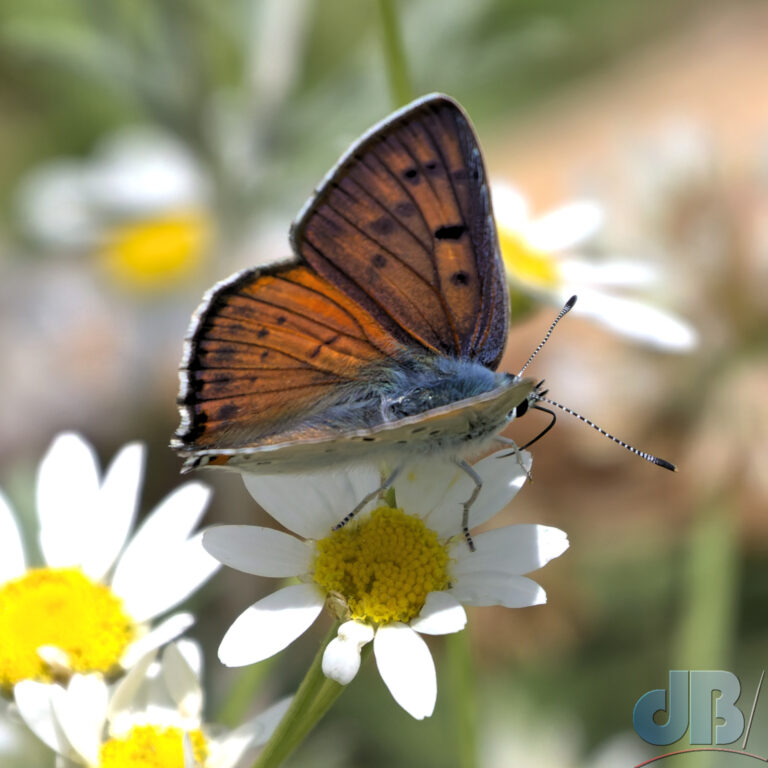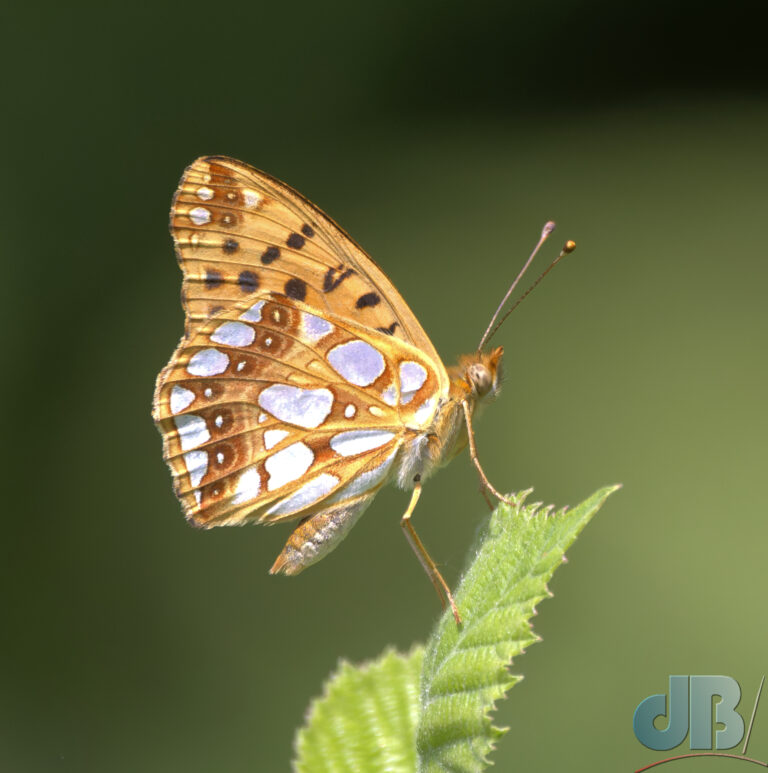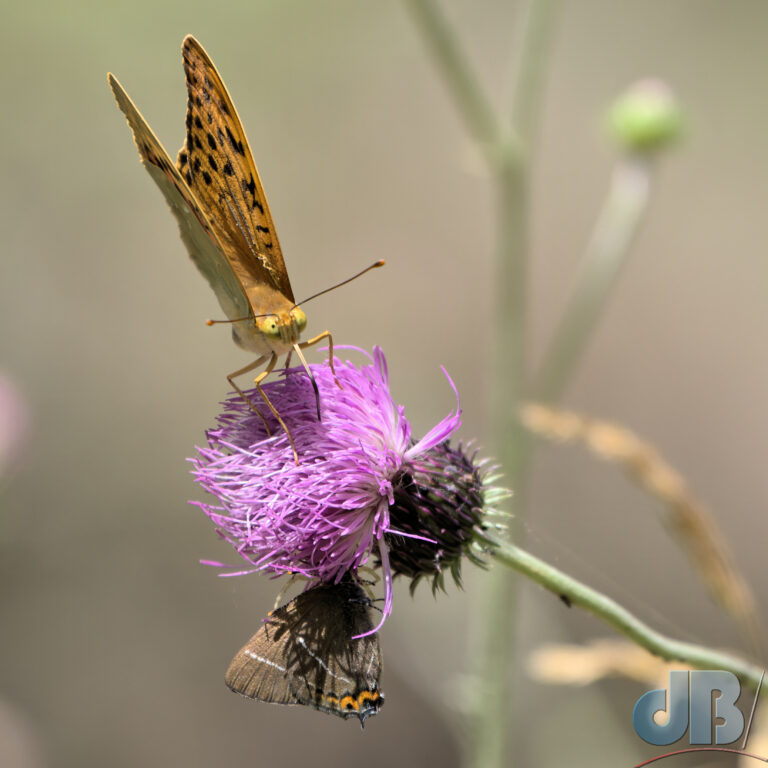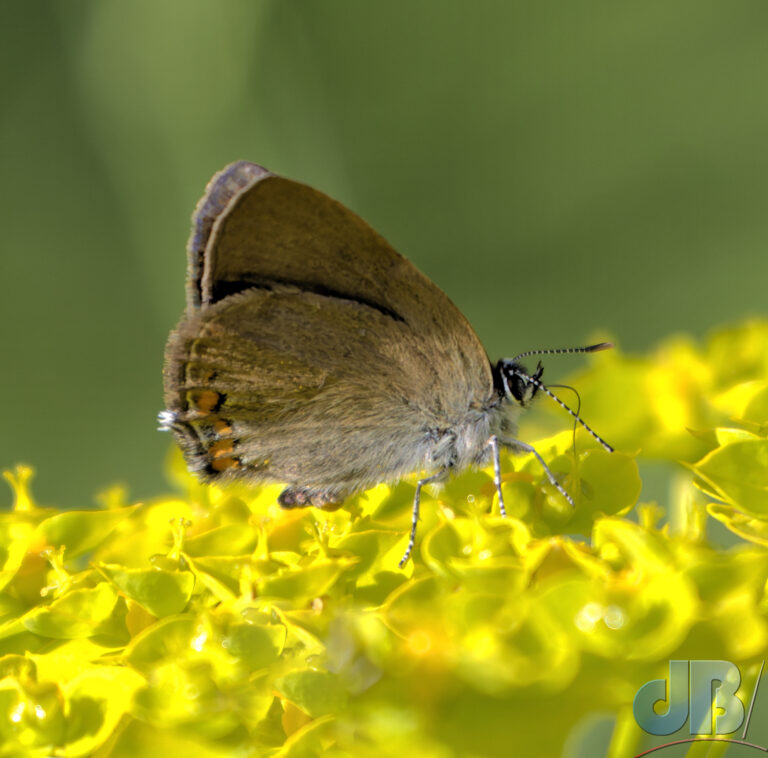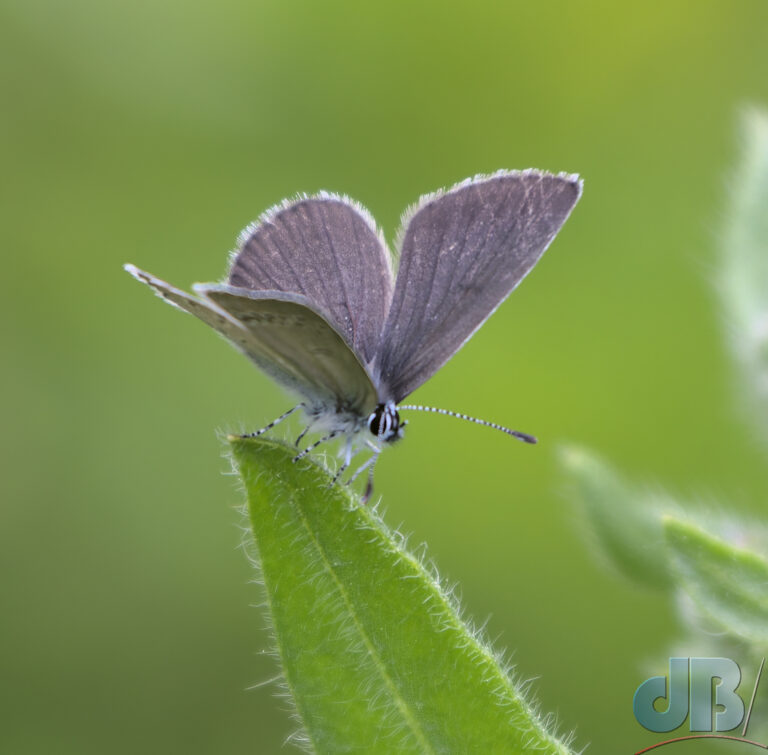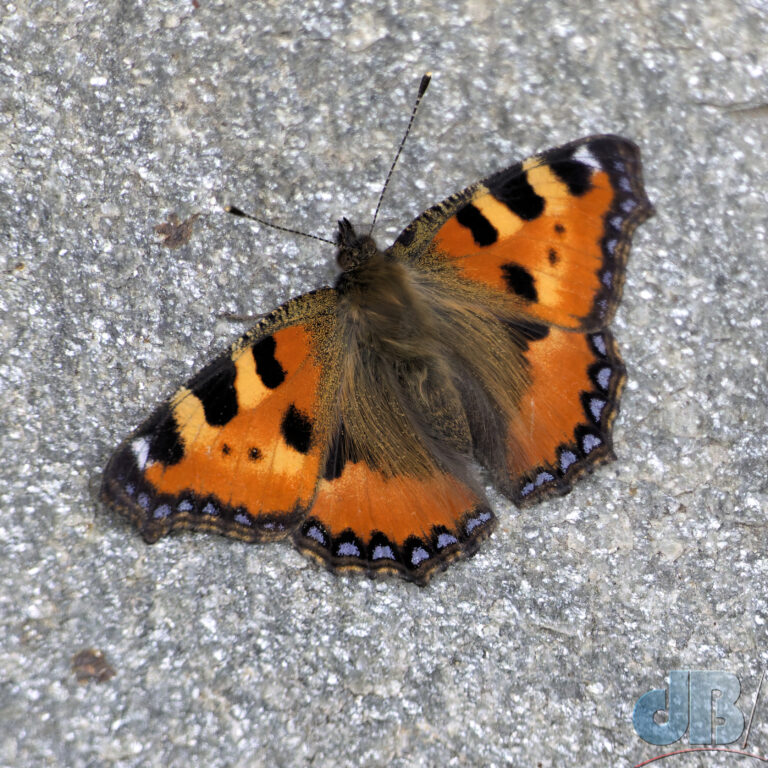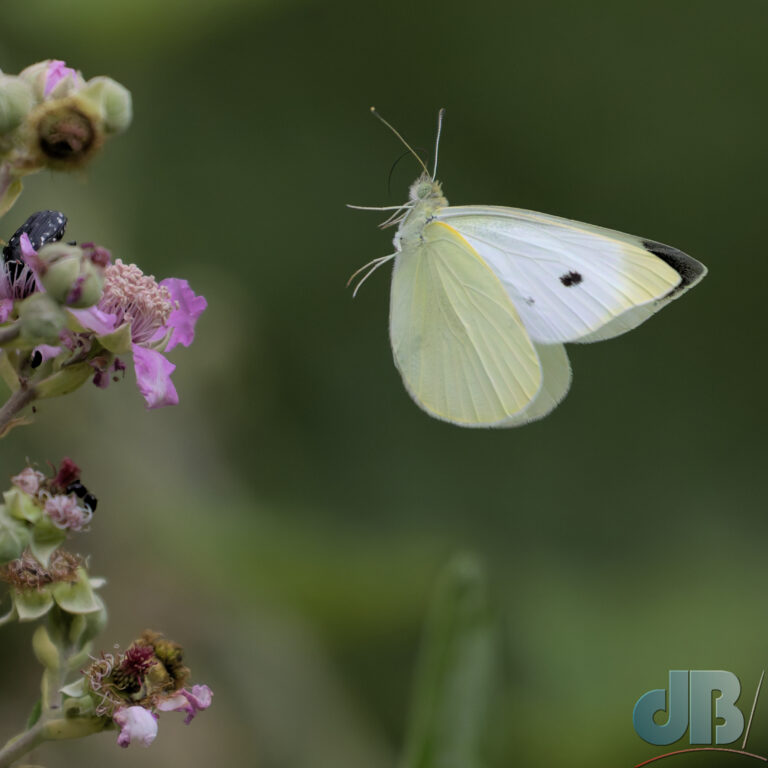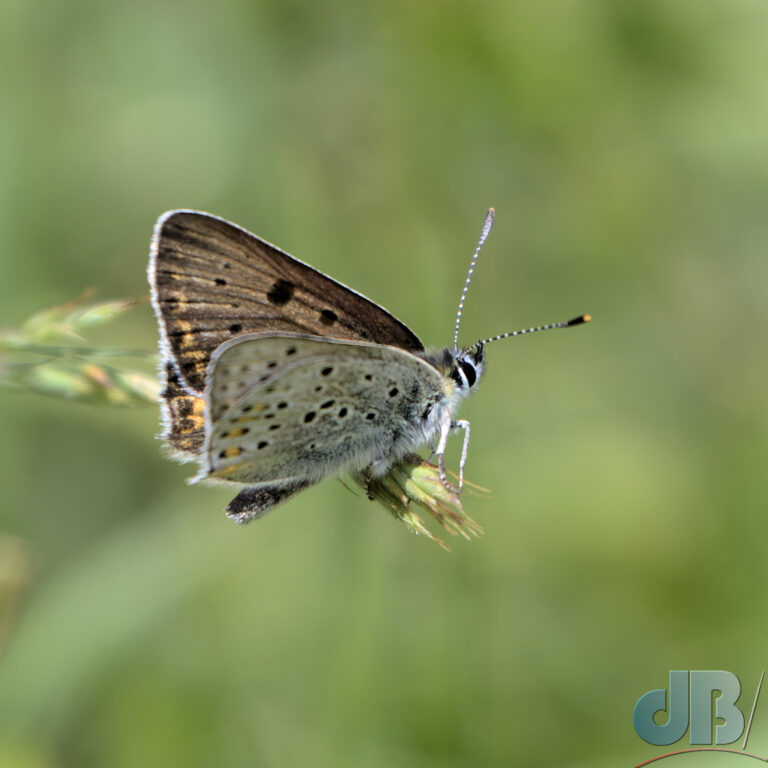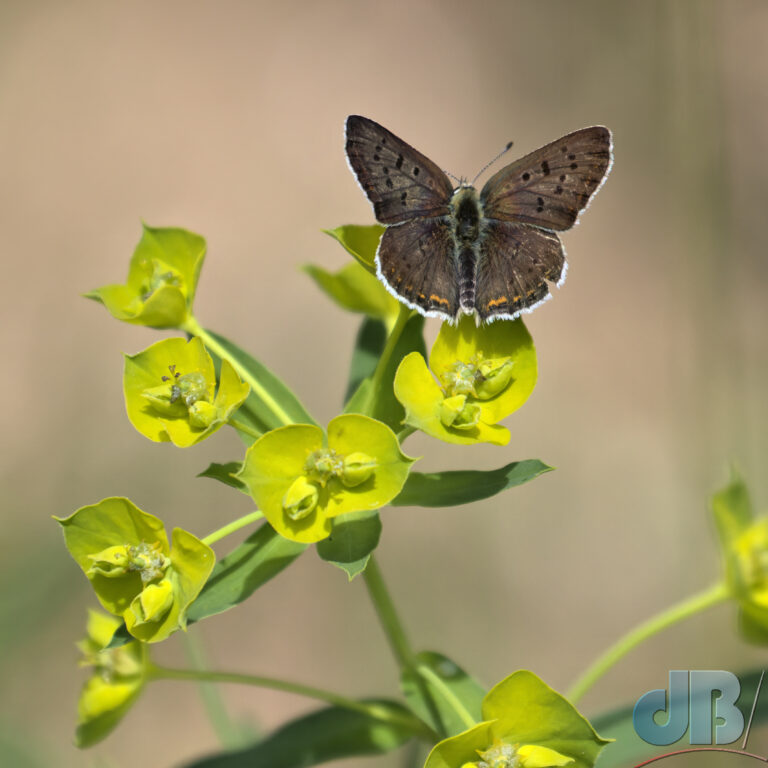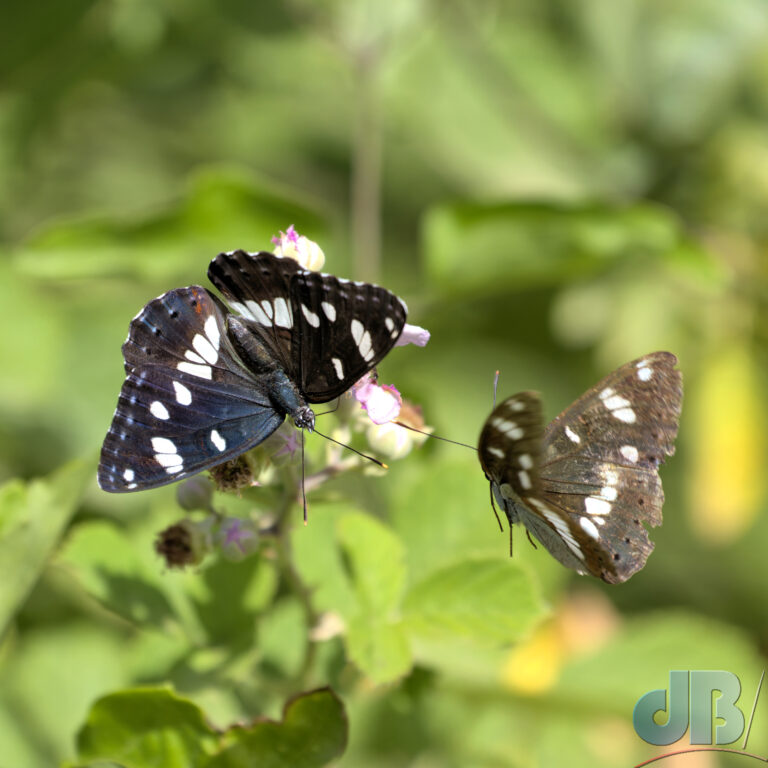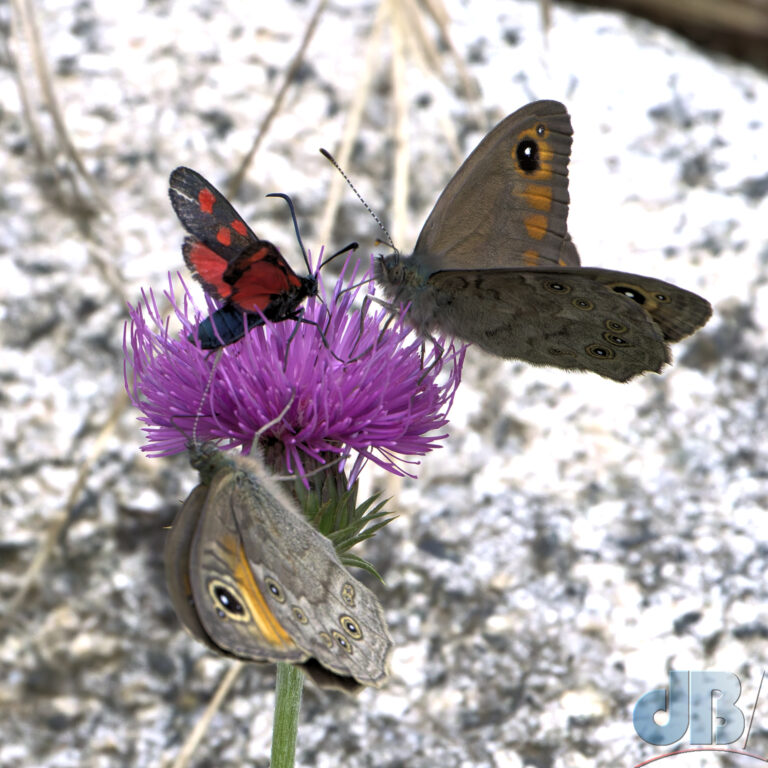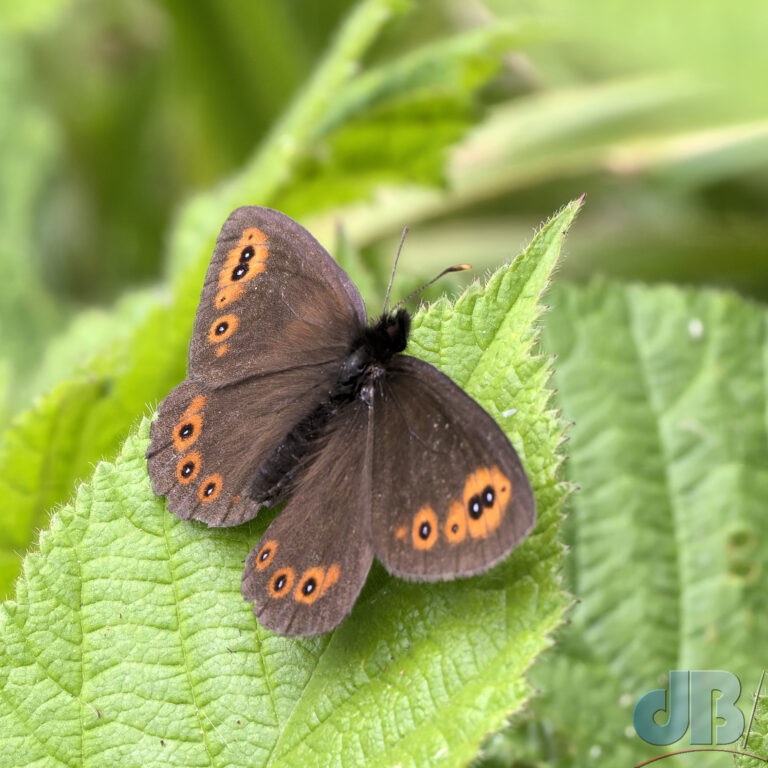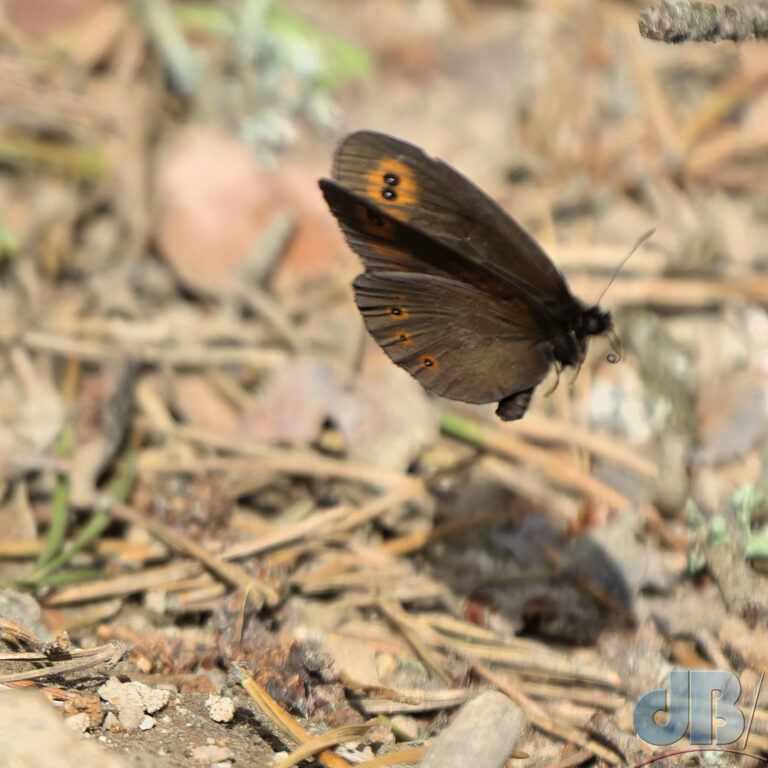Once again, we headed for the North Norfolk coast for the end of the year. Decent weather on arrival so a trek along the beach from Old Hunstanton in search of Glaucous Gull and Shorelarks although we saw neither.
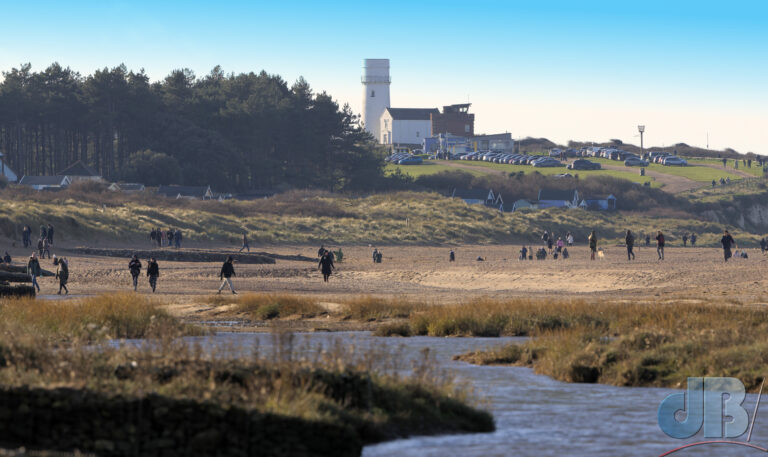
The Glaucous Gull had been reported as feeding on a dead seal, we saw at least a couple of seal carcasses above the tideline, but perhaps too many people and dogs even for a brute like a Glaucous Gull to sit tight for a meal. It was reported on the 2nd January, so it was still around. Funnily enough, there are two Glaucous on the dump near our village at the moment, although no seals.
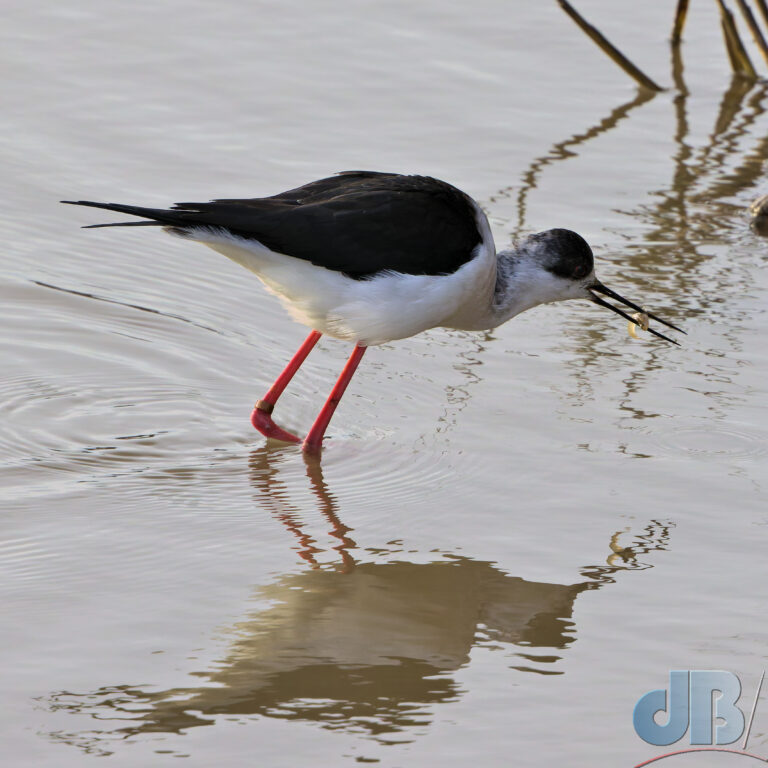
From Sunny Hunny, we drove on towards Holkham and stopped briefly on Lady Anne’s Drive where a Long-billed Dowitcher had been spotted in previous days. I took photos of the much larger Black-tailed Godwits and other birds on the flood to the east of the Drive. The LBD is 11 inches bill to tail whereas the BTG is 17″). Once back home, I could zoom in on the long shots and could see I had got a snap of the LBD. So obviously smaller than the BTG but somewhat similar in appearance otherwise. It’s an American bird that presumably got lost and headed south down the wrong line of Latitude some time ago. They have been reported in North Norfolk previously and elsewhere in the UK.
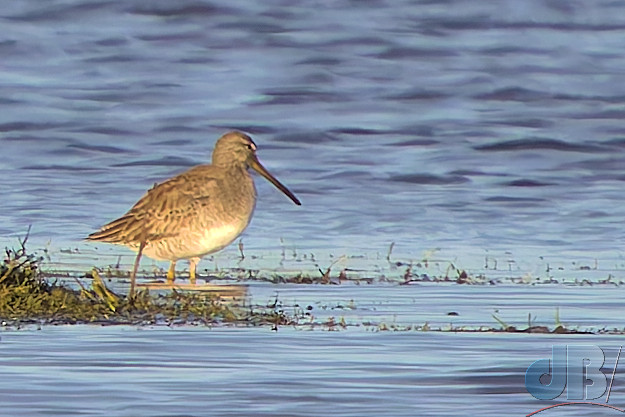
Once in Wells-next-the-Sea, we checked in at the Arch House Rooms in Wells (run by the Globe Inn) before a sunset walk through the town and out along the East Fleet and then on towards the lifeboat station. Amazing sunset.
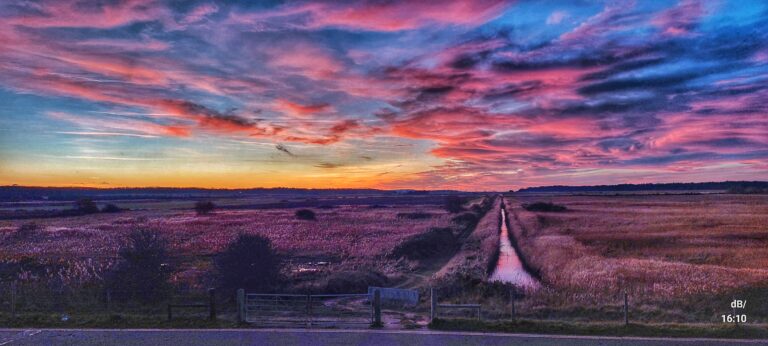
We were back in time for a half-decent supper at the Globe Inn, although the pub was not quite as nice as we remembered it from a previous meal there a couple of years ago. But, at least we got fed, one couple didn’t get their choice of drinks, none of the food options they chose were available, and they walked out hangry.
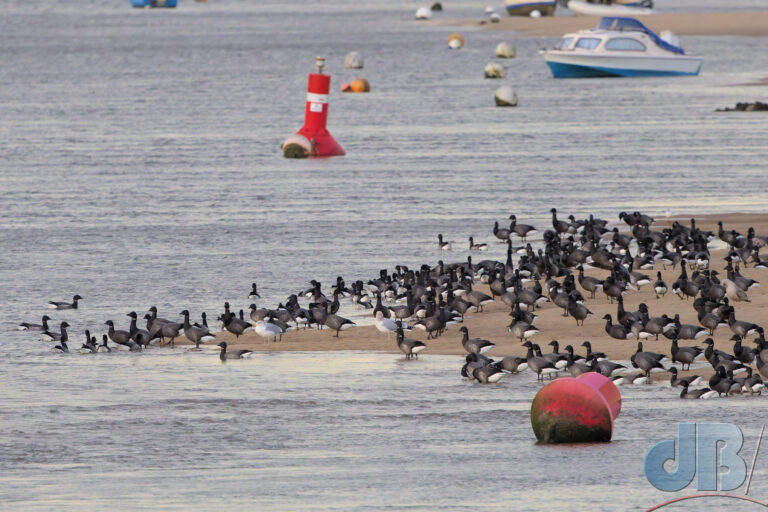
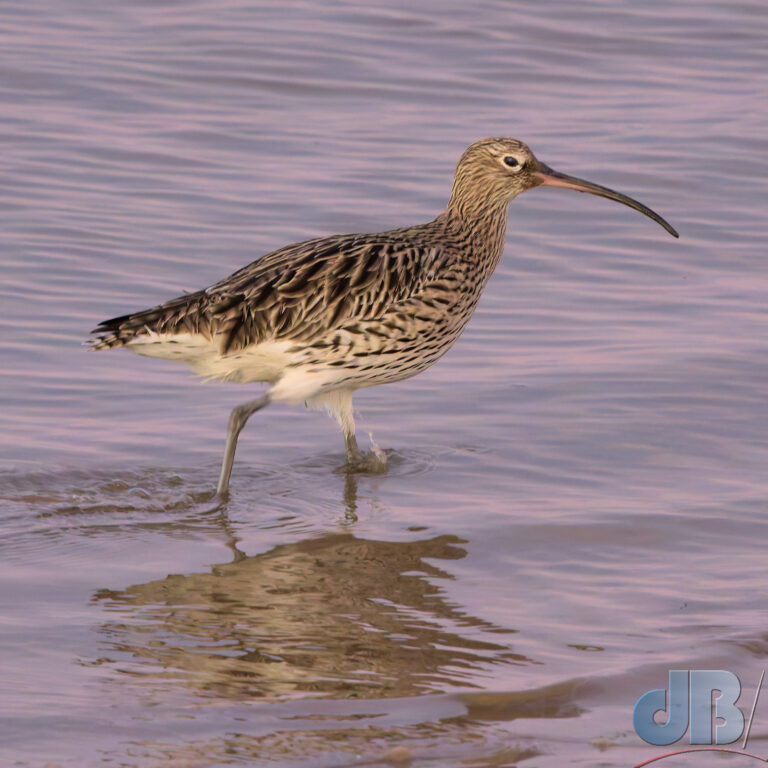
We had planned to walk to Holkham from Wells on New Year’s Eve and perhaps hop on the bus back, but given the windy, wet weather forecast for New Year’s Day, we changed our minds about that and drove to RSPB Titchwell instead. Titchwell is often our NYD haunt, but while it was windy at least it was dry.
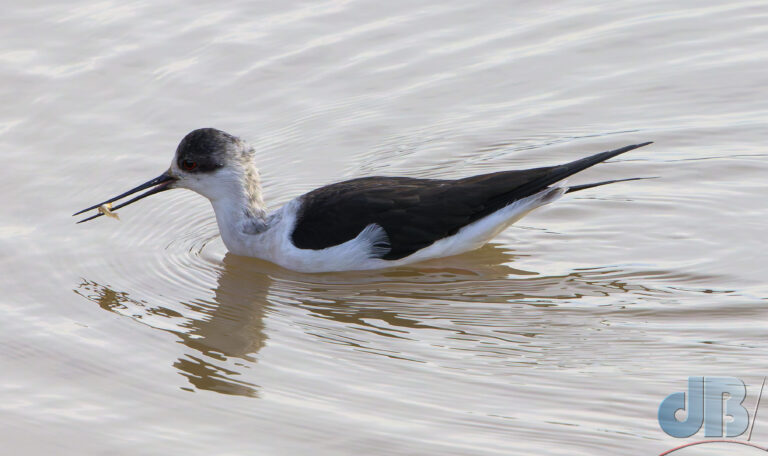
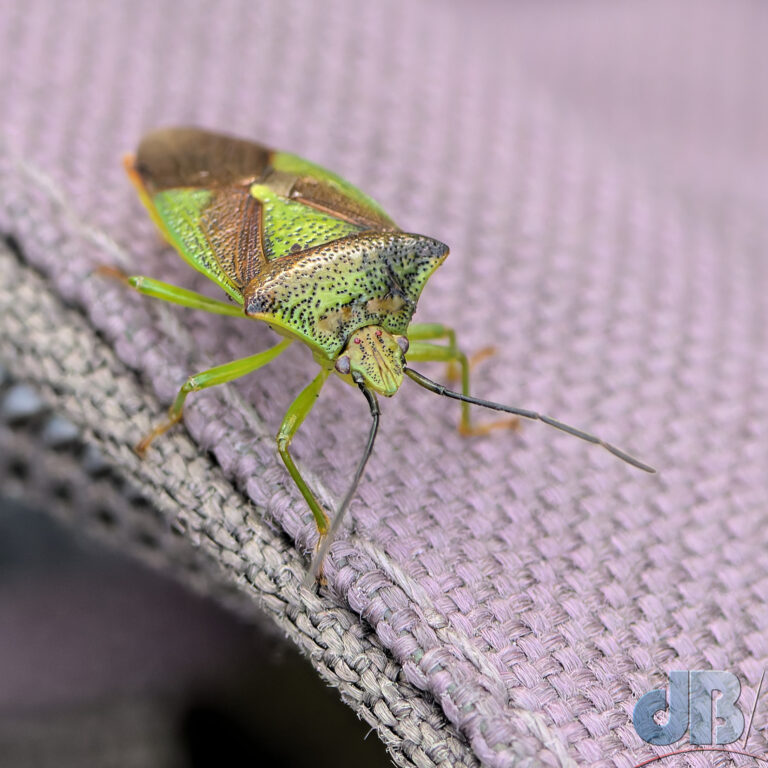
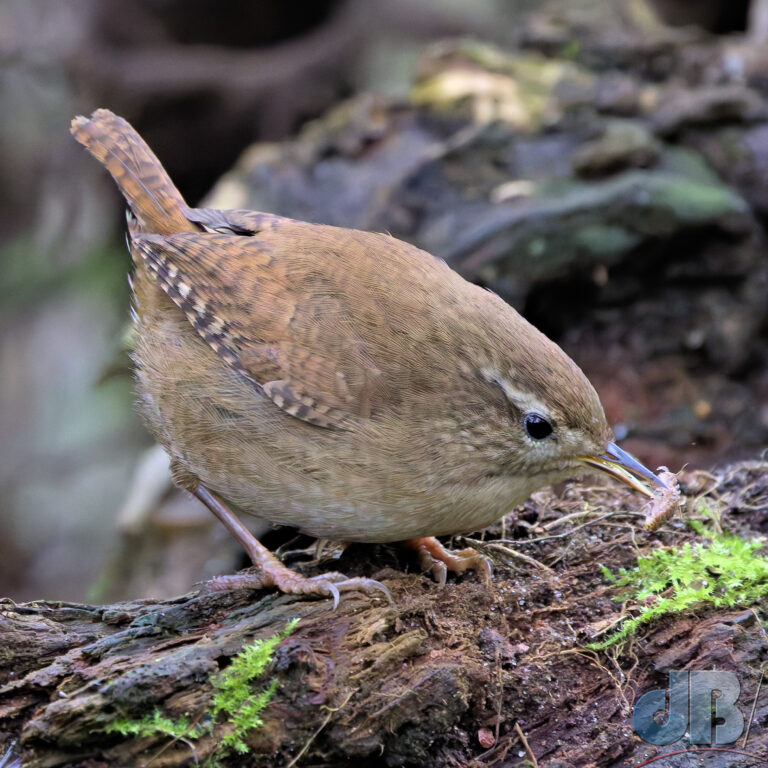
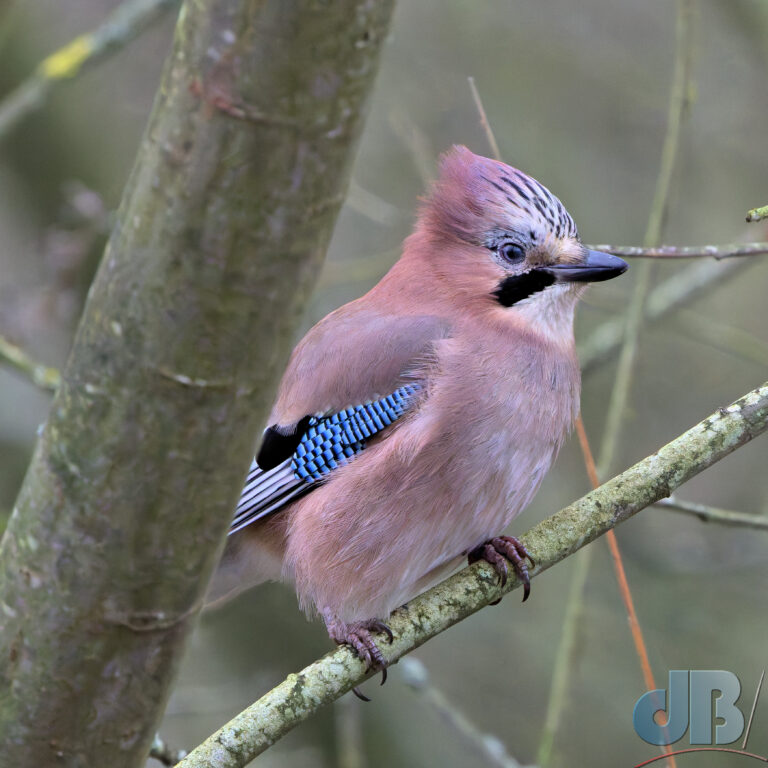
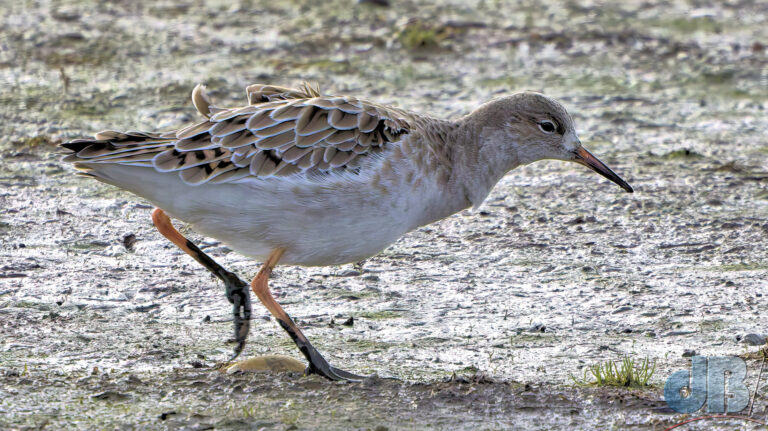
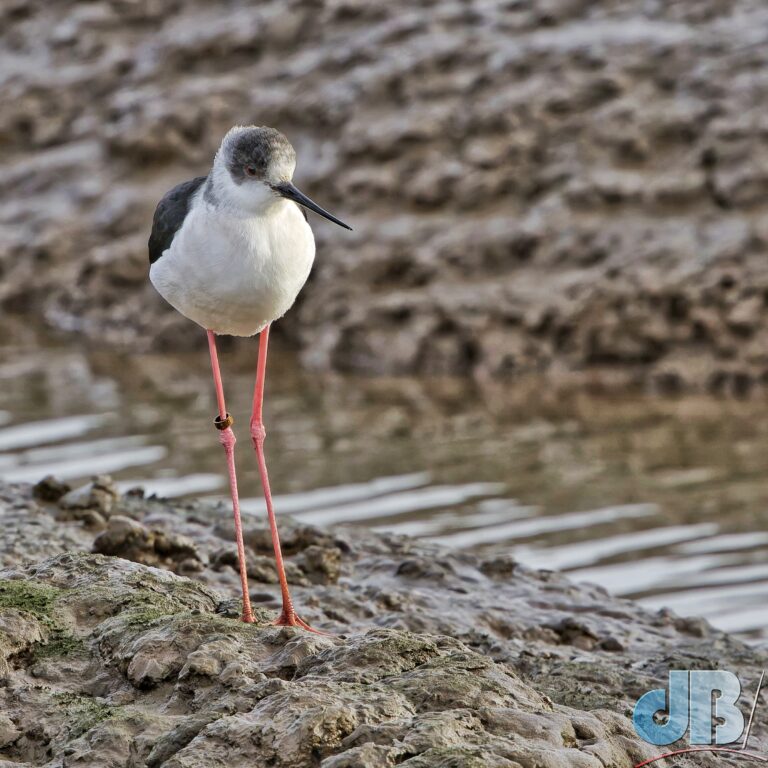
I realise it’s not all about lists, but we recorded 60+ bird species on this trip. One of them new to us, that Long-billed Dowitcher. Titchwell was also the closest we’ve ever been to the rare Black-winged Stilt (a ringed specimen that had dropped in a couple of days before). Interesting to see that the reserve still has a Tawny Owl hiding in the same ivy-covered tree that we’d peered at on our previous visit to Titchwell earlier in 2024. We also noted a couple of species of fungi we’d not noted before – Scarlet Elf Cup and Candlesnuff.
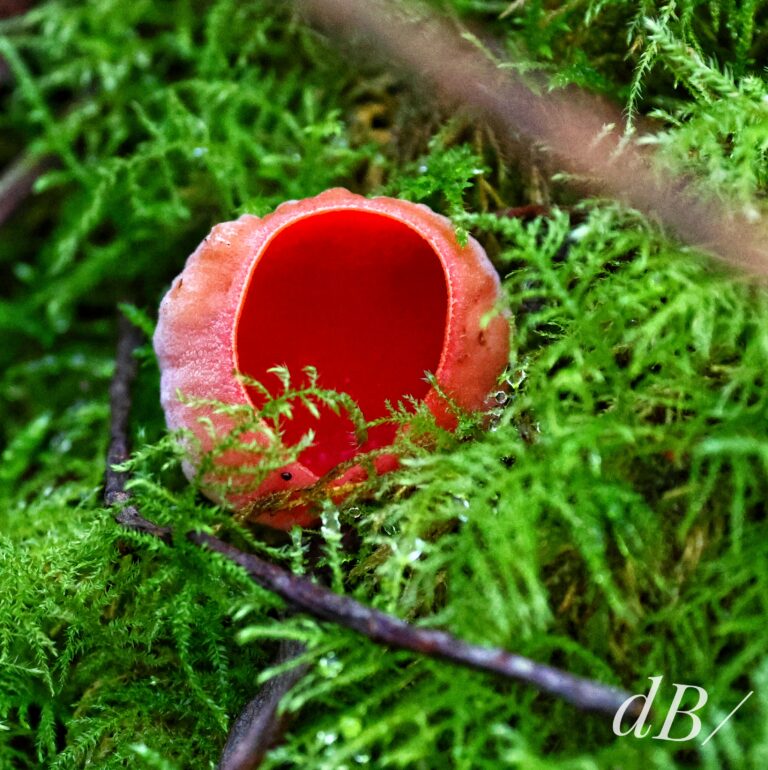
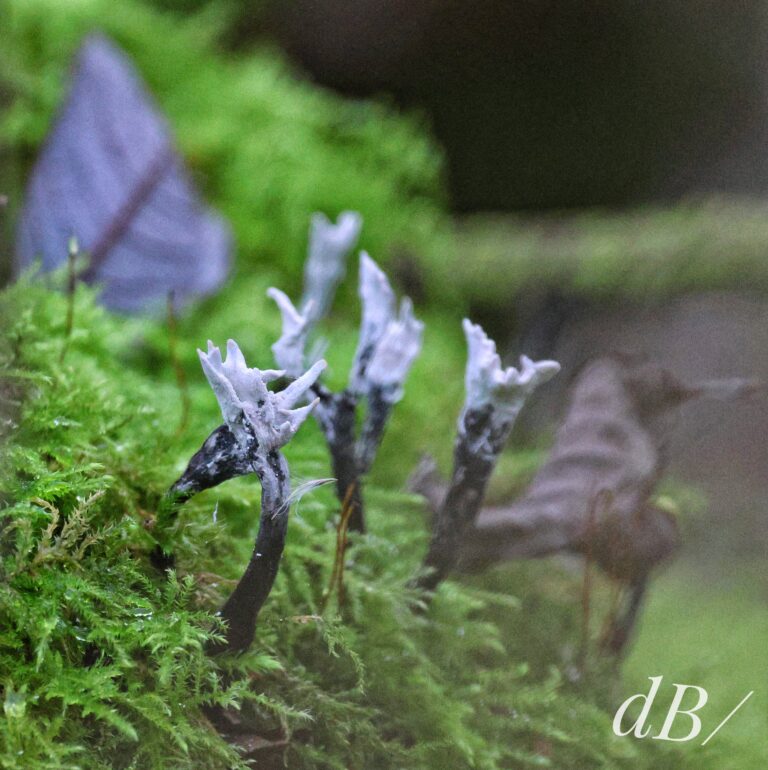
- Avocet
- Black-headed Gull
- Black-tailed Godwit
- Blackbird
- Black-winged Stilt
- Blue Tit
- Brent Goose
- Buzzard
- Chaffinch
- Cetti’s Warbler
- Collared Dove
- Cormorant
- Curlew
- Dunnock
- Dunlin
- Gadwall
- Goldfinch
- Golden Plover
- Great Black-backed Gull
- Great Tit
- Greenfinch
- Grey Heron
- Greylag Goose
- Herring Gull
- Jackdaw
- Jay
- Kestrel
- Lapwing
- Lesser Black-backed Gull
- Linnet
- Little Egret
- Little Grebe
- Long-billed Dowitcher (New to me, 2024)
- Long-tailed Tit
- Magpie
- Mallard
- Marsh Harrier
- Moorhen
- Oystercatcher
- Pheasant
- Pink-footed Goose
- Pintail
- Red Kite
- Redshank
- Robin
- Rock Dove
- Ruff
- Sanderling
- Shelduck
- Shoveller
- Skylark
- Snipe
- Starling
- Stock Dove
- Stonechat
- Tawny Owl
- Teal
- Tufted Duck
- Turnstone
- Water Pipit
- Wigeon
- Wood Pigeon
- Wren
The Merlin app claims to have picked up Hawfinch, Firecrest, and Long-eared Owl at Titchwell. Fairly unlikely, but who knows?
